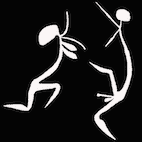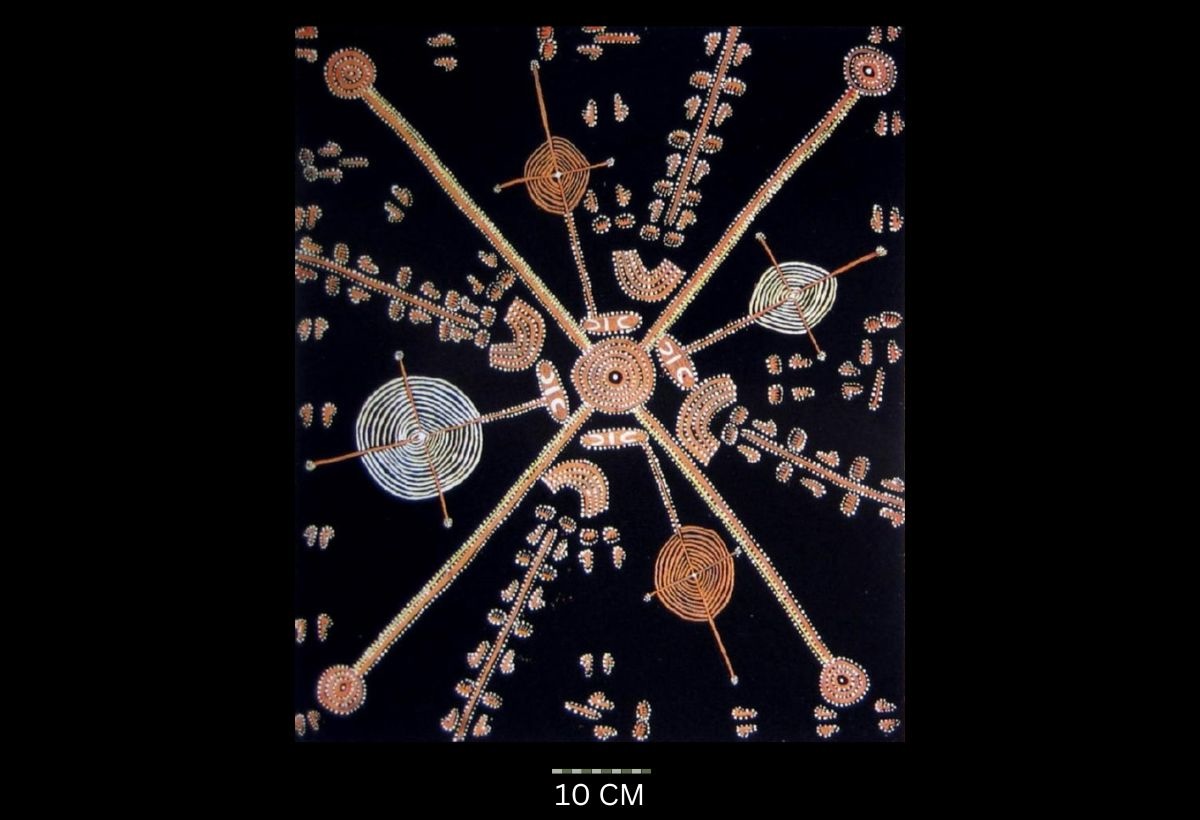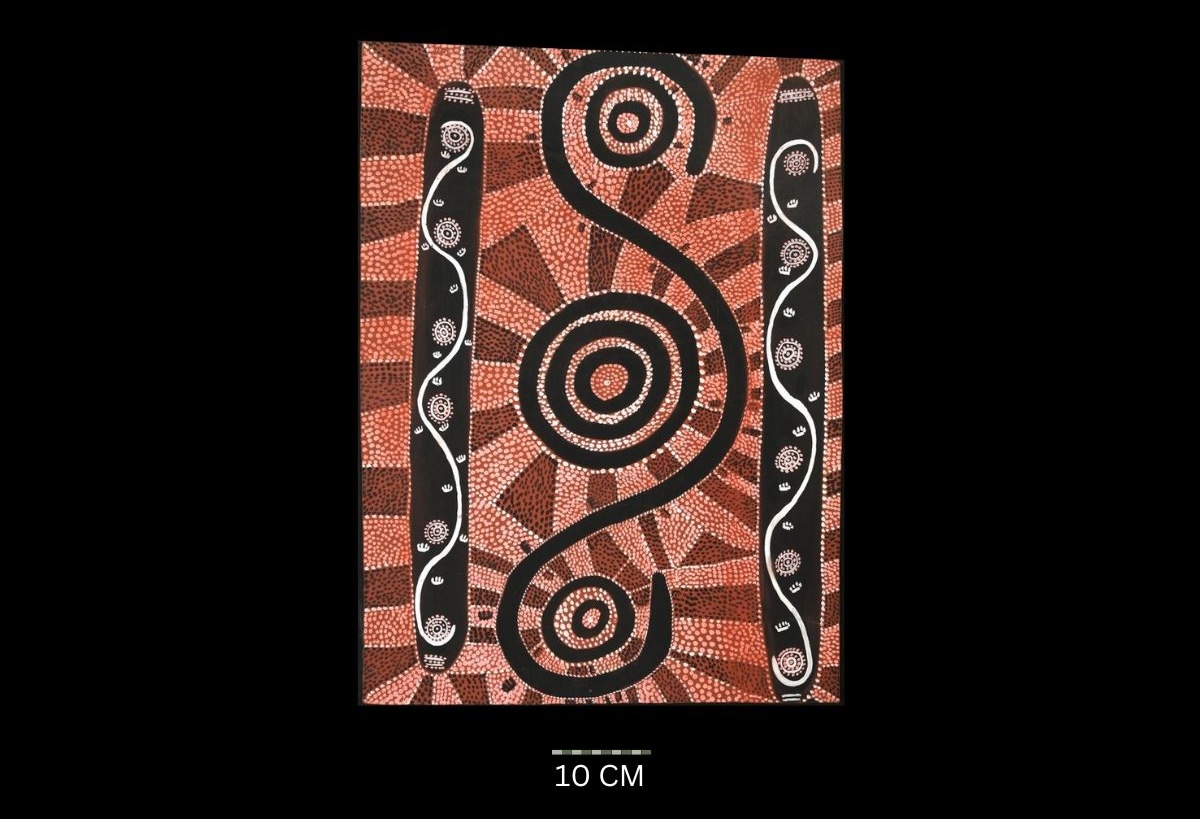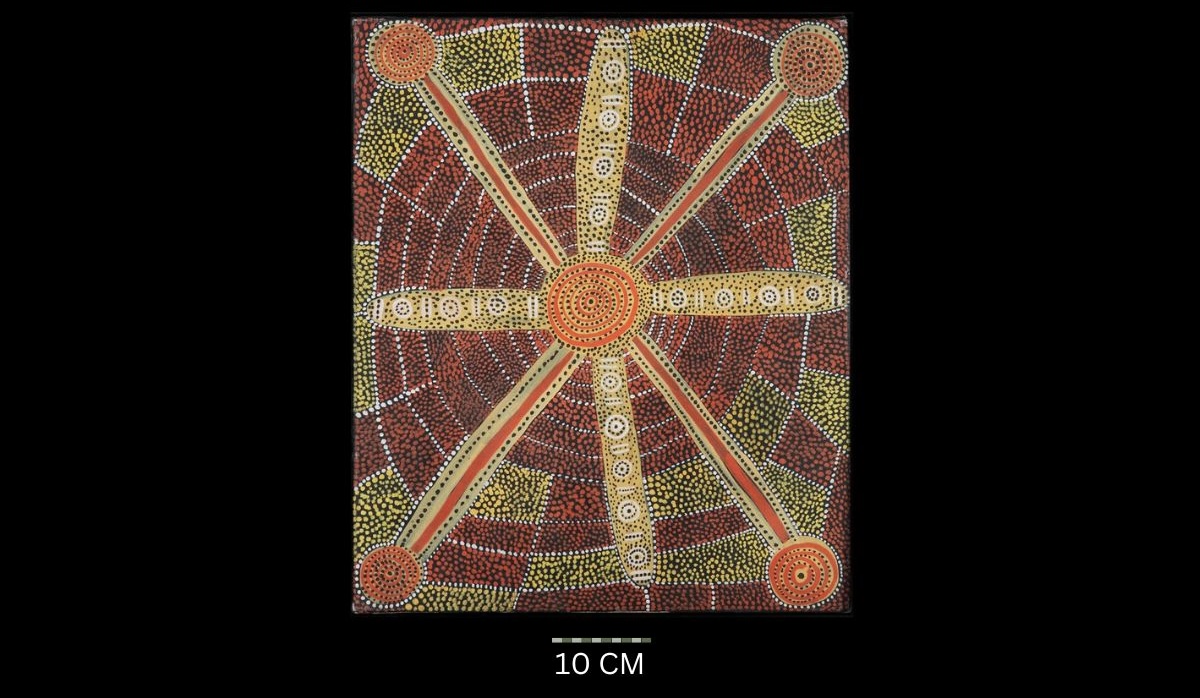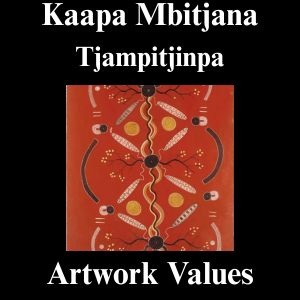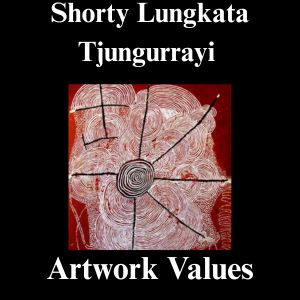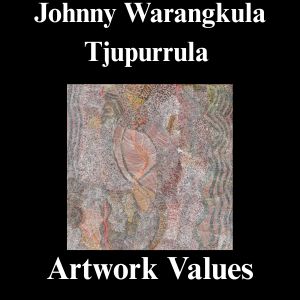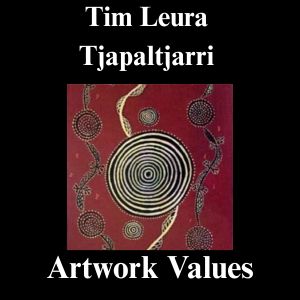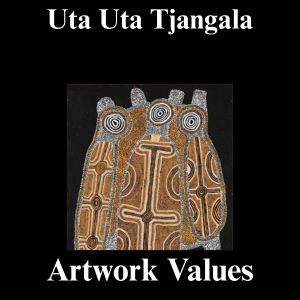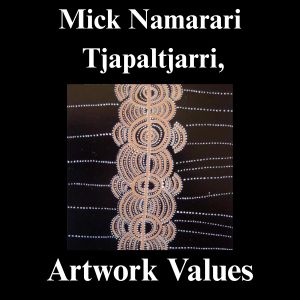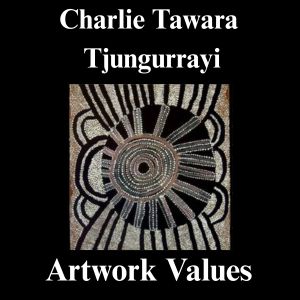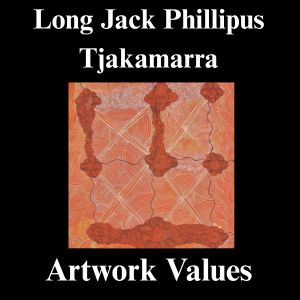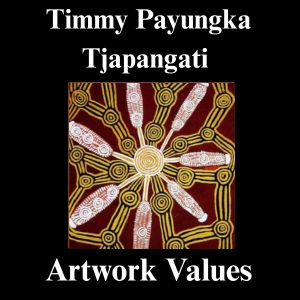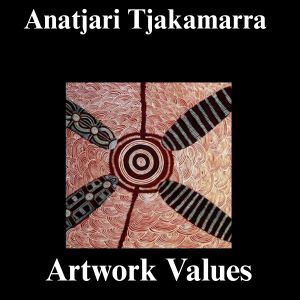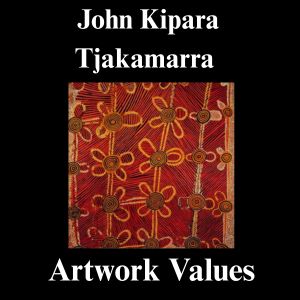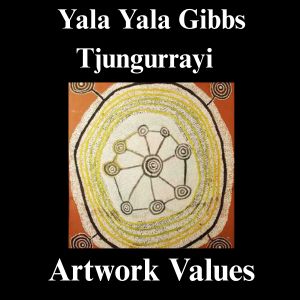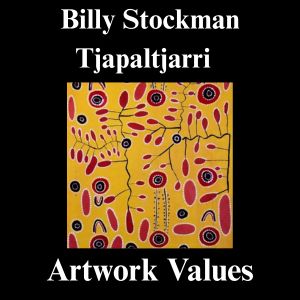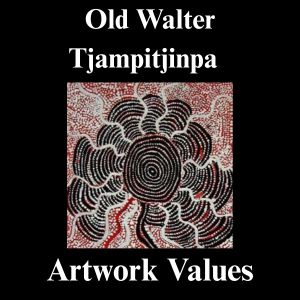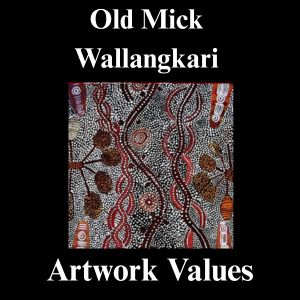Long Jack Phillipus Tjakamarra Artworks
Long Jack Phillipus Tjakamarra’s Untitled (Kalipinypa), 1972
The highest-selling artwork by Long Jack Phillipus Tjakamarra to date is Untitled (Kalipinypa), a landmark 1972 painting that achieved a record price of 190,000 Australian dollars at auction in 2020. This significant piece is a rare and early example of large-format Papunya painting and is widely regarded as a masterpiece of Aboriginal linework. Unlike the more common dot-infused backgrounds of early Western Desert art, Tjakamarra employed intricate fine-lined semicircles that ripple across the canvas, evoking the fluidity and sacred power of water—an especially fitting motif for a Water Dreaming story linked to the sacred site of Kalipinypa. The composition features traditional Aboriginal iconography, representing meeting places or camps, connected by travelling lines, all anchored by a rhythmic, flowing background that distinguishes the work both artistically and culturally. The painting’s outstanding provenance, bolstered by a historical photograph of Long Jack Phillipus Tjakamarra standing proudly with the work, further solidified its value. This sale underscores Tjakamarra’s status as a foundational figure in the Western Desert art movement and highlights the continued global recognition of his contribution to Aboriginal art history.

Foundations of Papunya Art: Long Jack Phillipus Tjakamarra (1971–1972)
Long Jack Phillipus Tjakamarra was a key figure in the foundation of the Western Desert art movement, which began at Papunya in 1971. His early paintings played a critical role in defining the aesthetic of Papunya art, often featuring ceremonial grounds, sand mosaics, and sacred churinga motifs depicted on monochrome backgrounds. These works, painted on composition board, employed traditional Aboriginal colours—red ochre, yellow ochre, charcoal black, and white pipe clay. Unlike contemporaries such as Mick Namarari, who focused on dense dotting, Long Jack often used lines or linear dot patterns to create movement and energy in his compositions. By 1972, he began innovating with colour, blending traditional pigments to create pinks and oranges, and using overdots to generate subtle visual shifts and tonal depth, setting his work apart from many of his peers.
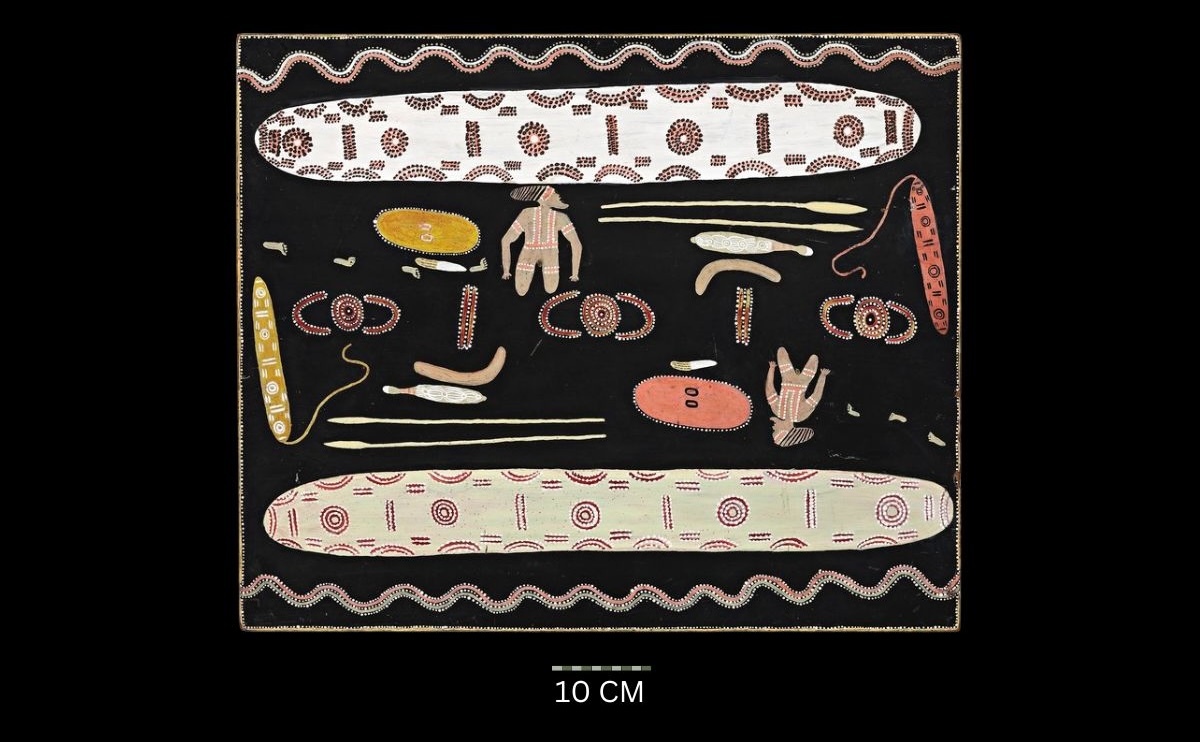
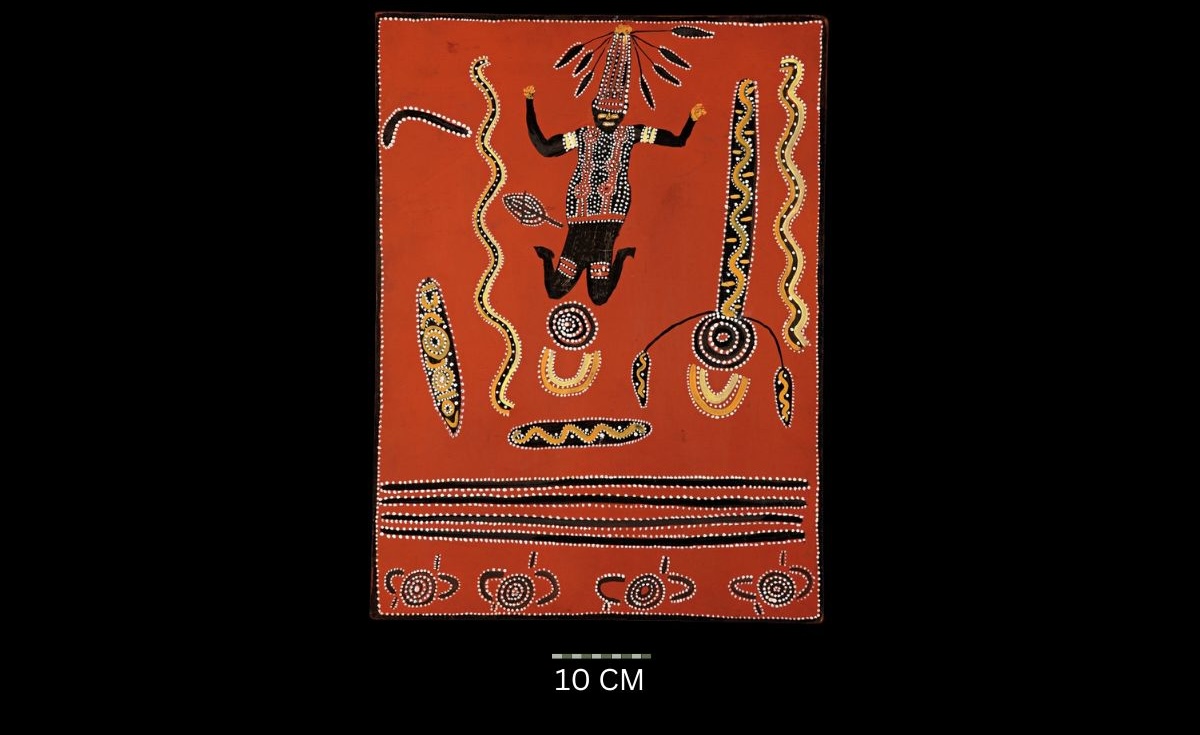
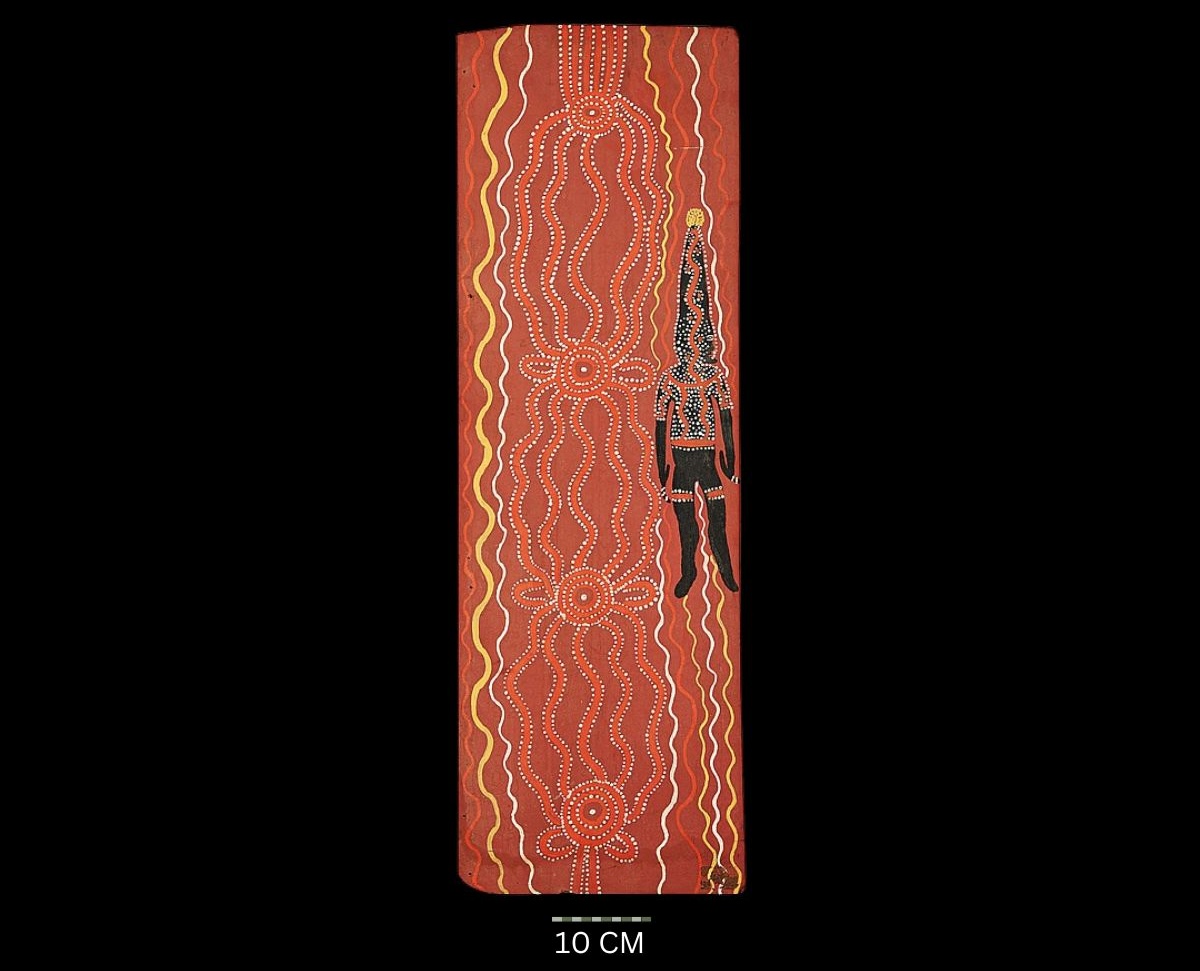
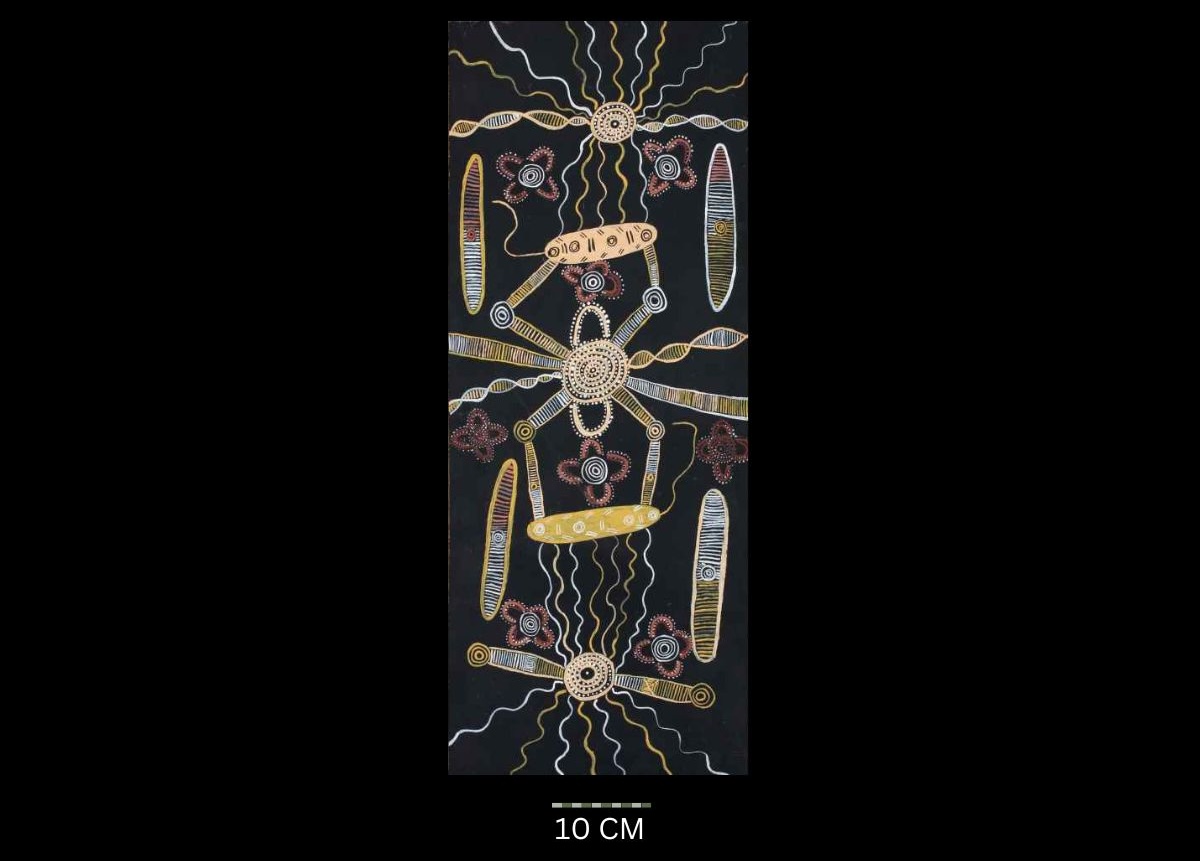
Woman’s Dreaming Ceremony
Undated but likely 1971-71
Synthetic polymer paint on composition board, bears artist’s name and Stuart Art Centre consignment number 9030 on Stuart Art Centre label on the reverse,
75.5 x 30 cm
UNSOLD

Women’s Story That Makes Men Laugh 1971
Synthetic polymer paint on composition board, bears Stuart Art Centre consignment number 5073 on the reverse,
55 x 25.5 cm
Hammerprice: A$12,000
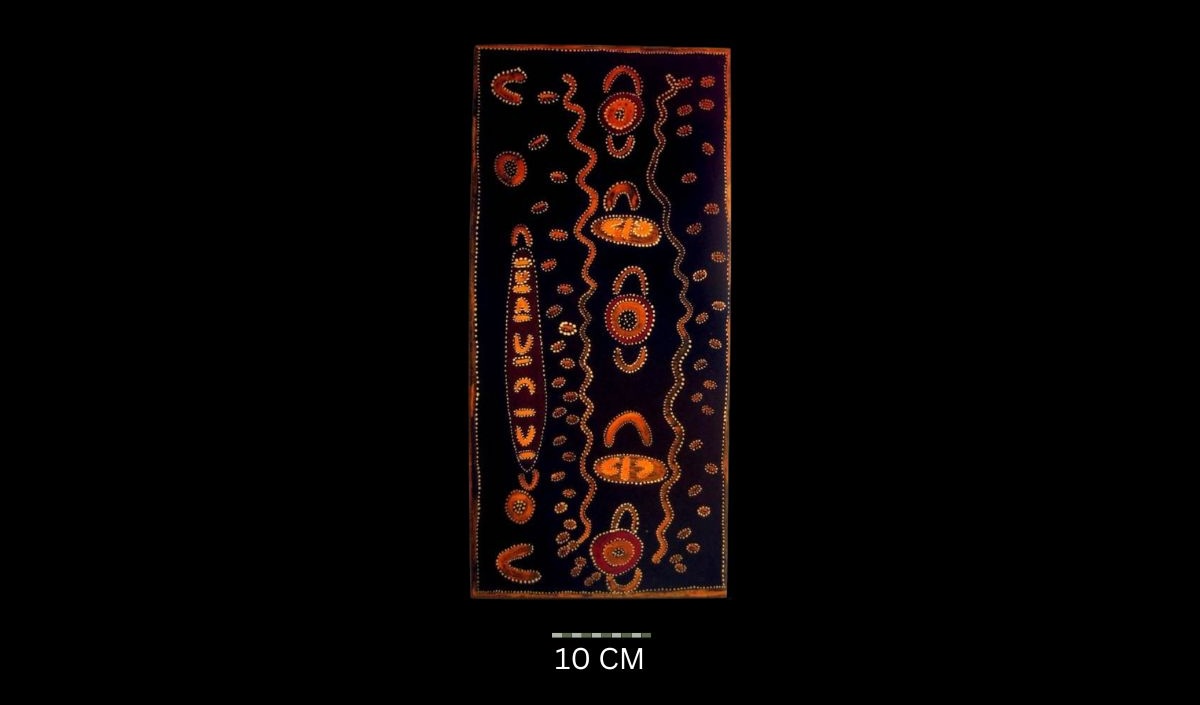
Possum Story 1971
Synthetic polymer paint on composition board,
55 x 26 cm
Hammerprice: A$12,000
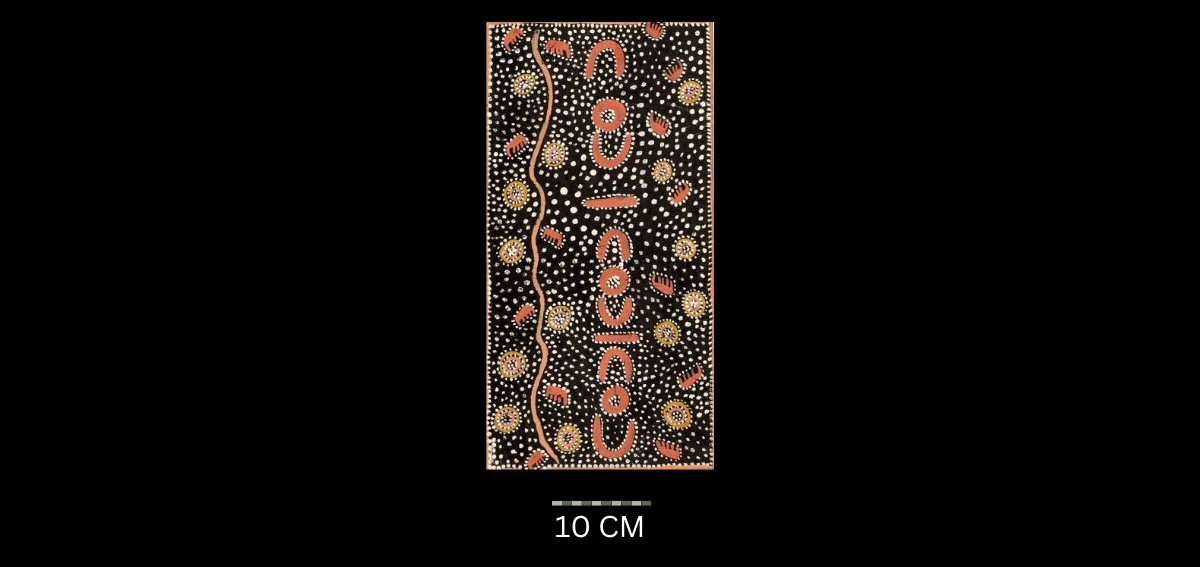
Possum Dreaming, 1971
Synthetic polymer paint on board,
44.5 x 23 cm
Hammerprice: A$19,000
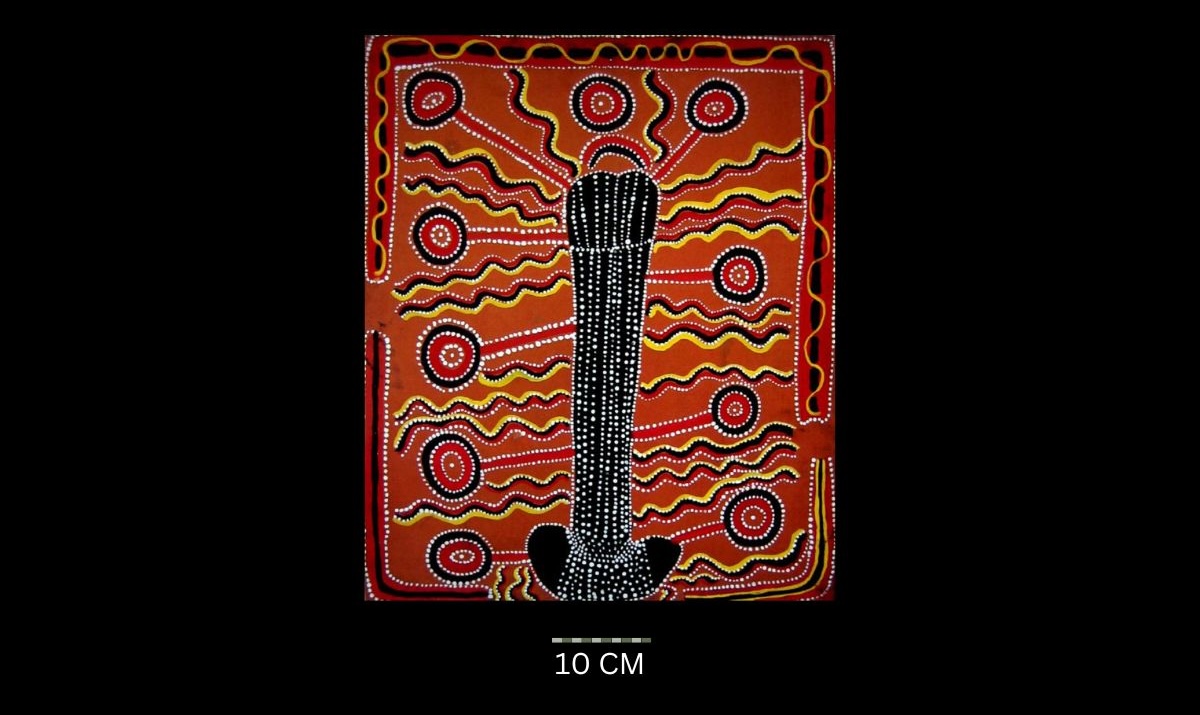
Medicine Story 1971
Synthetic polymer paint on canvas,
56 x 46 cm
Hammerprice: A$19,000
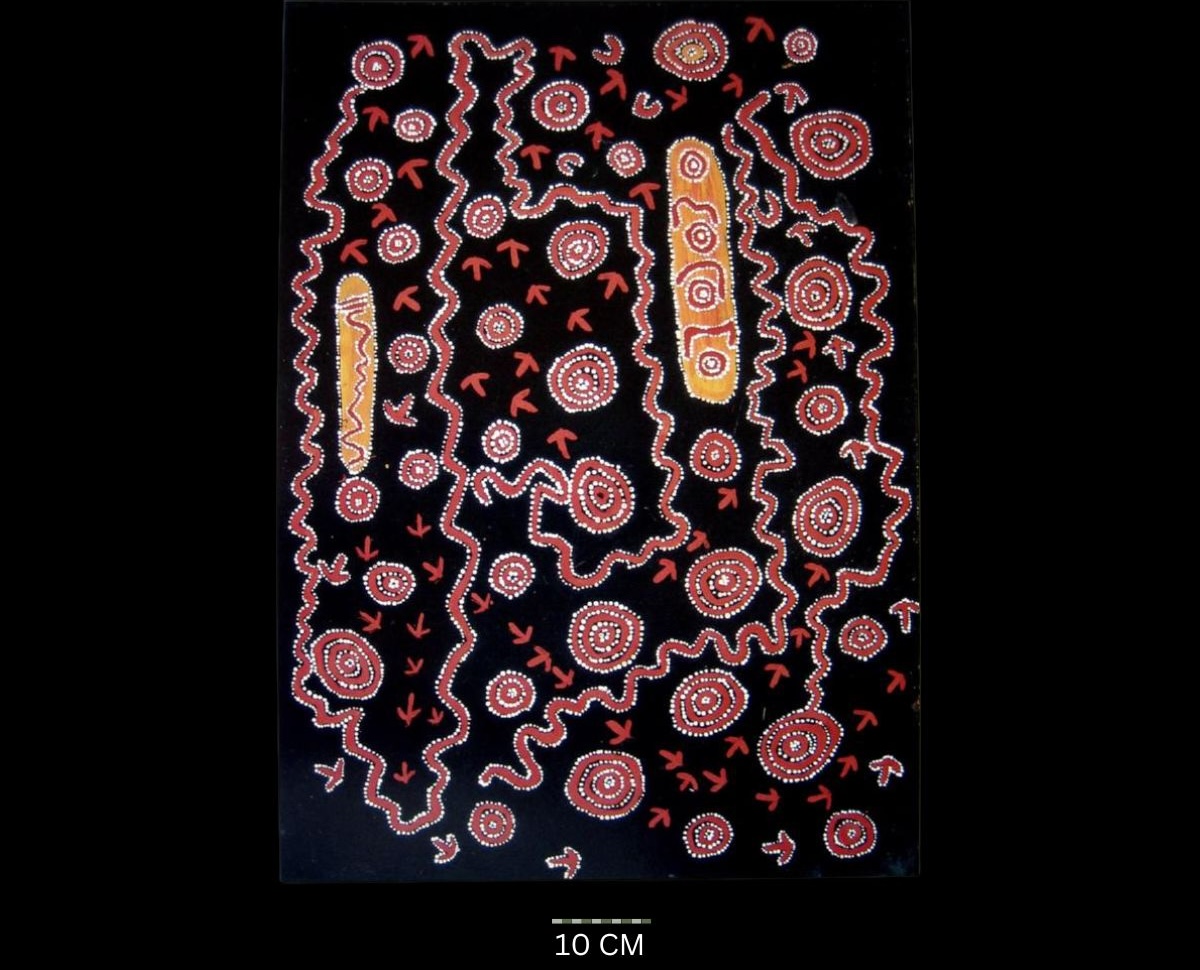
Untitled (Snake Dreaming) 1971
Natural earth pigments, enamel and synthetic polymer powder paint on composition board, 90.5 x 30 cm
Hammerprice: A$8,000
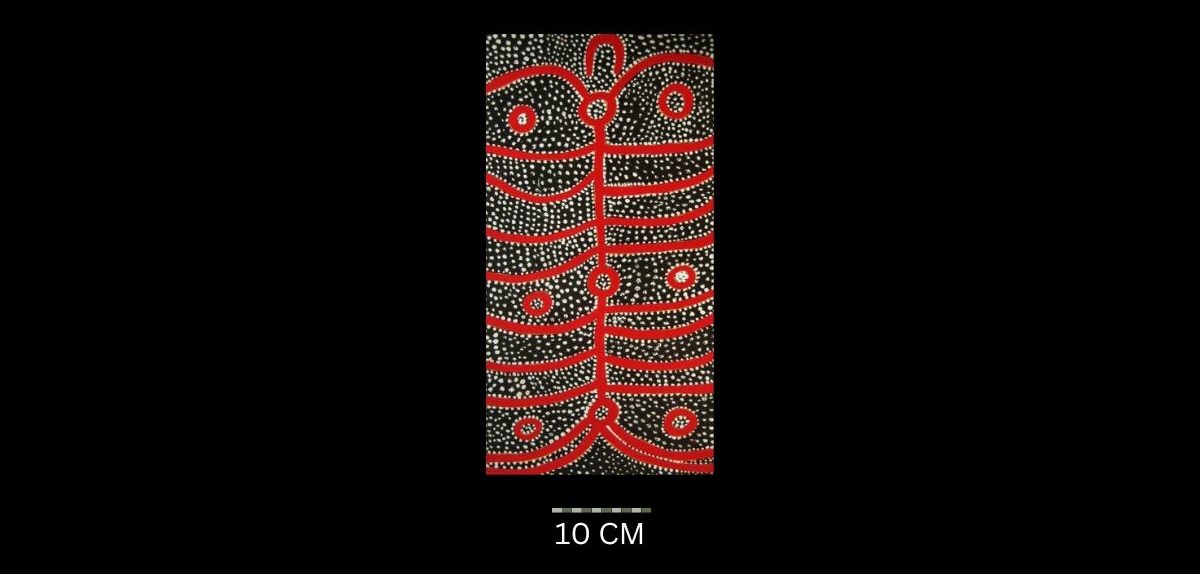
Water Dreaming 1971
Synthetic polymer paint and enamel paint on composition board, bears size and Stuart Art Centre consignment number SAC 41 on the reverse, 44 x 22 cm
UNSOLD
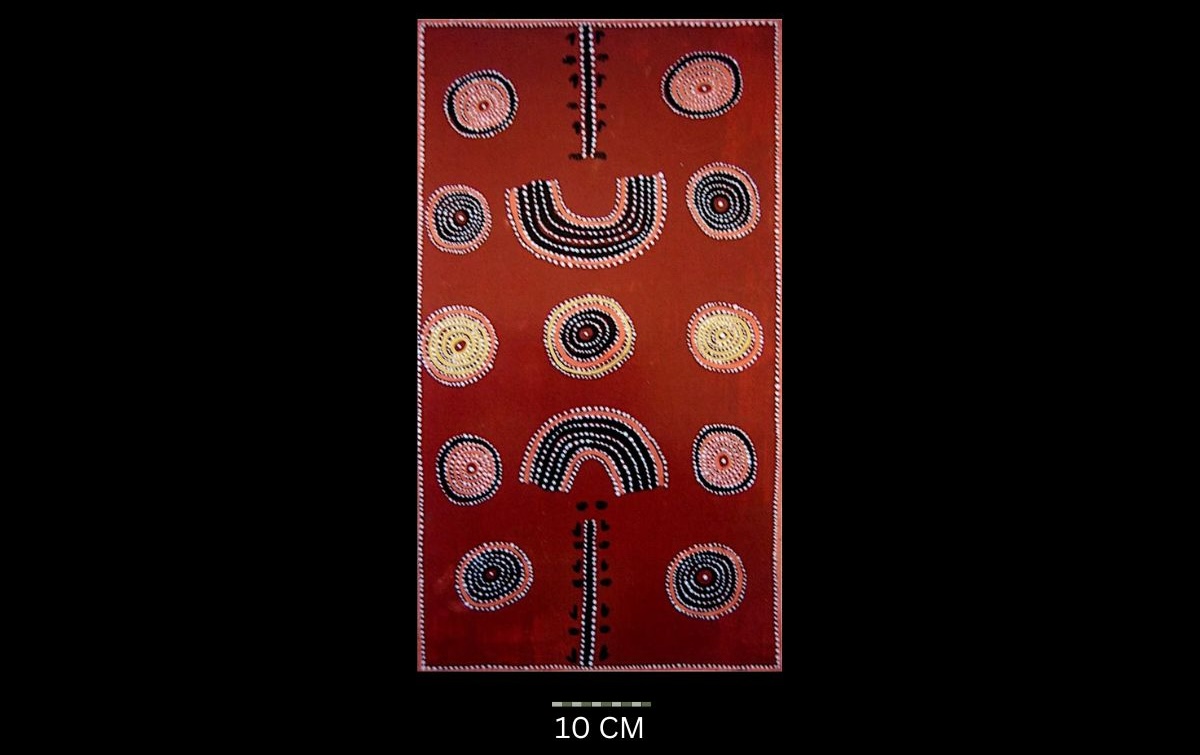
Kangaroo Dreaming c. 1971/1972
Synthetic polymer paint on composition board,
65.5 x 35.5 cm
Hammerprice: A$8,000
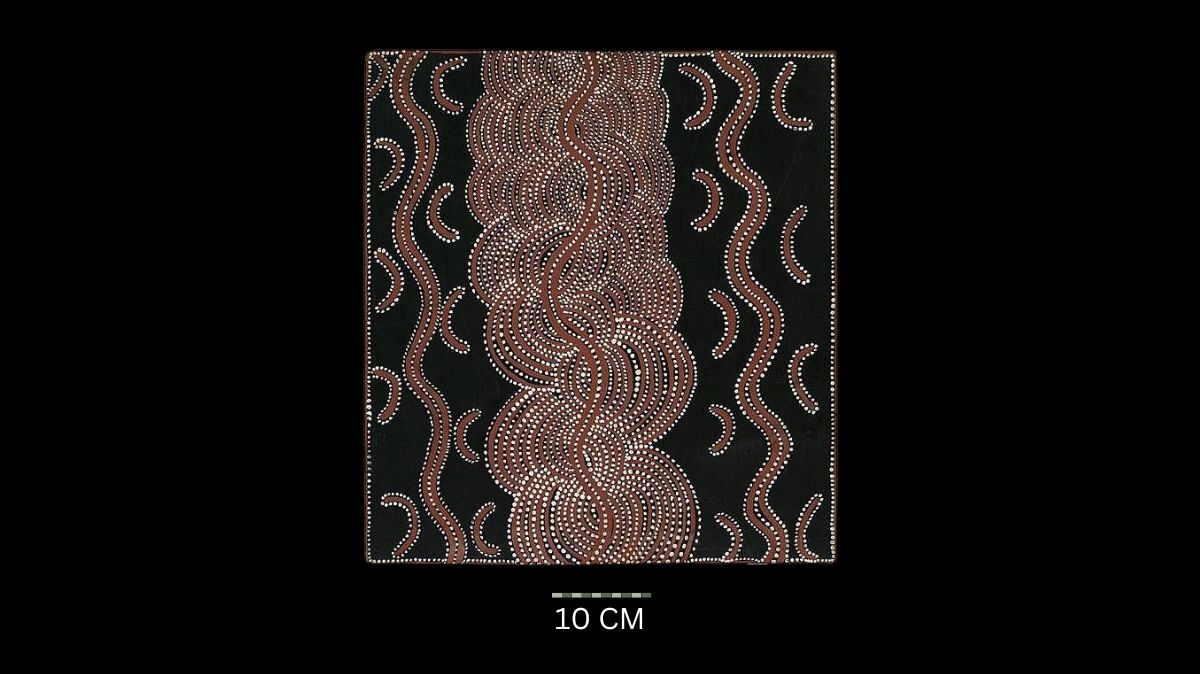
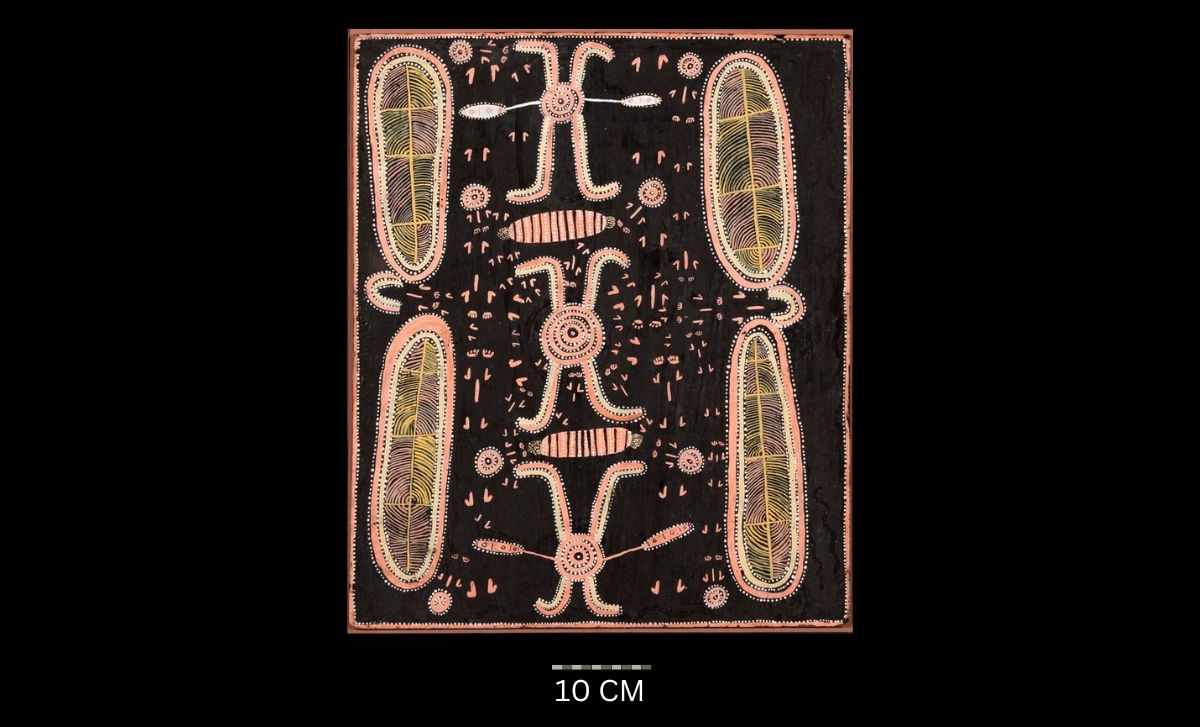
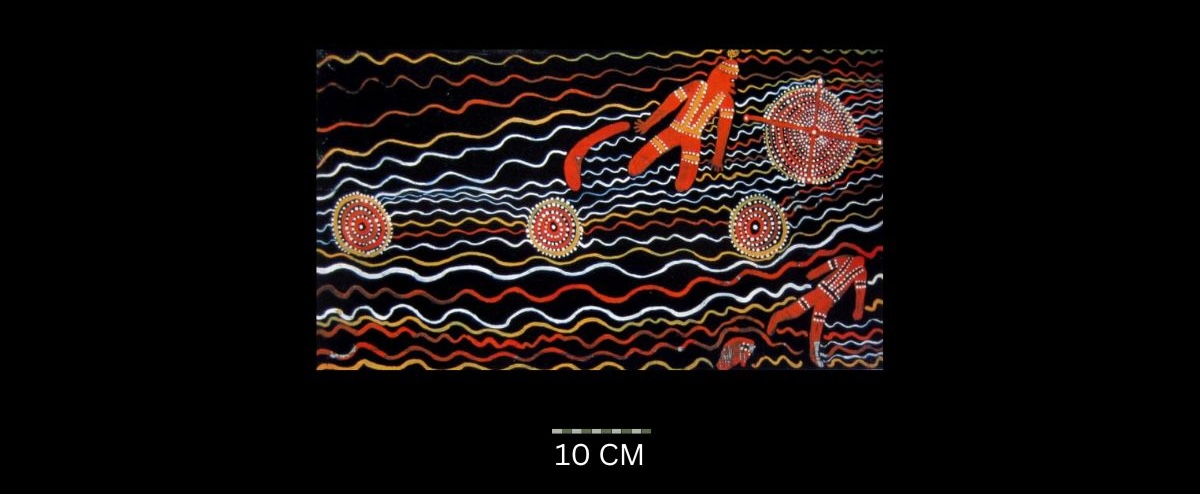
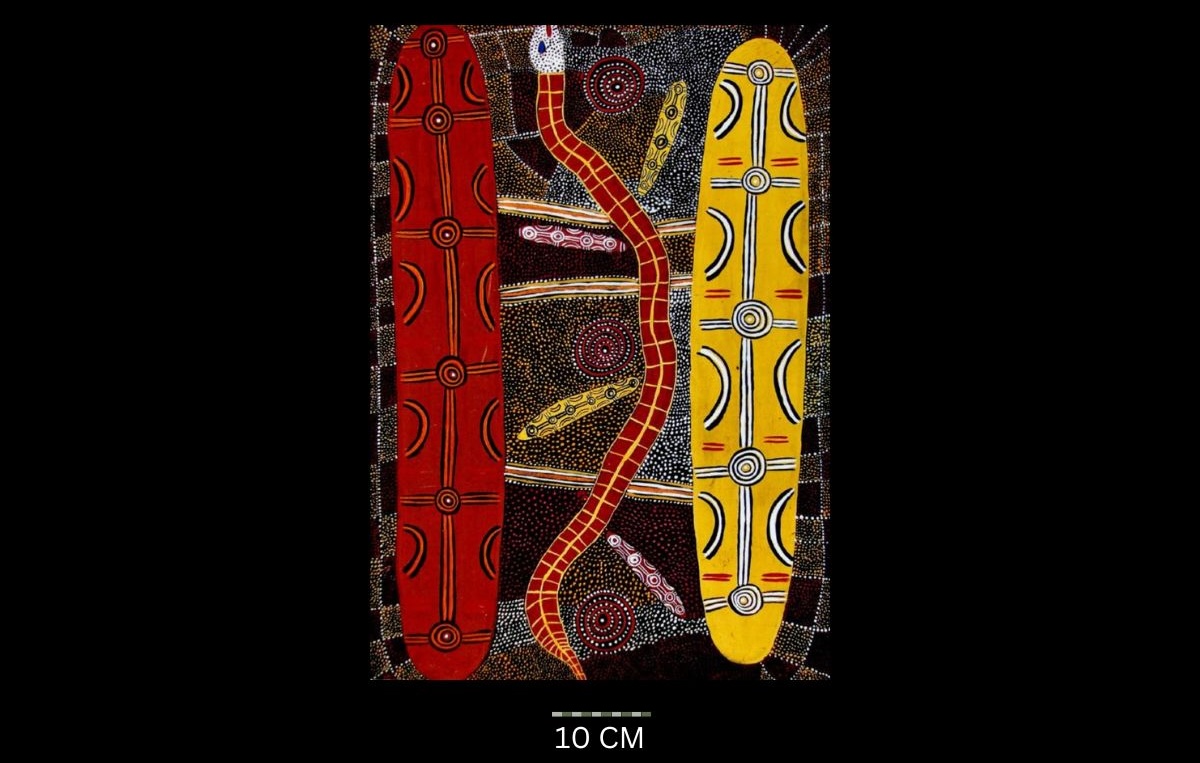
Snake Story 1972
Synthetic polymer powder paint and natural earth pigments on composition board, bears artist’s name, place of execution (Papunya) and Stuart Art Centre consignment no. 100-2 and label, together with an annotated diagram on the reverse,
46 x 65 cm
Hammerprice: A$17,000
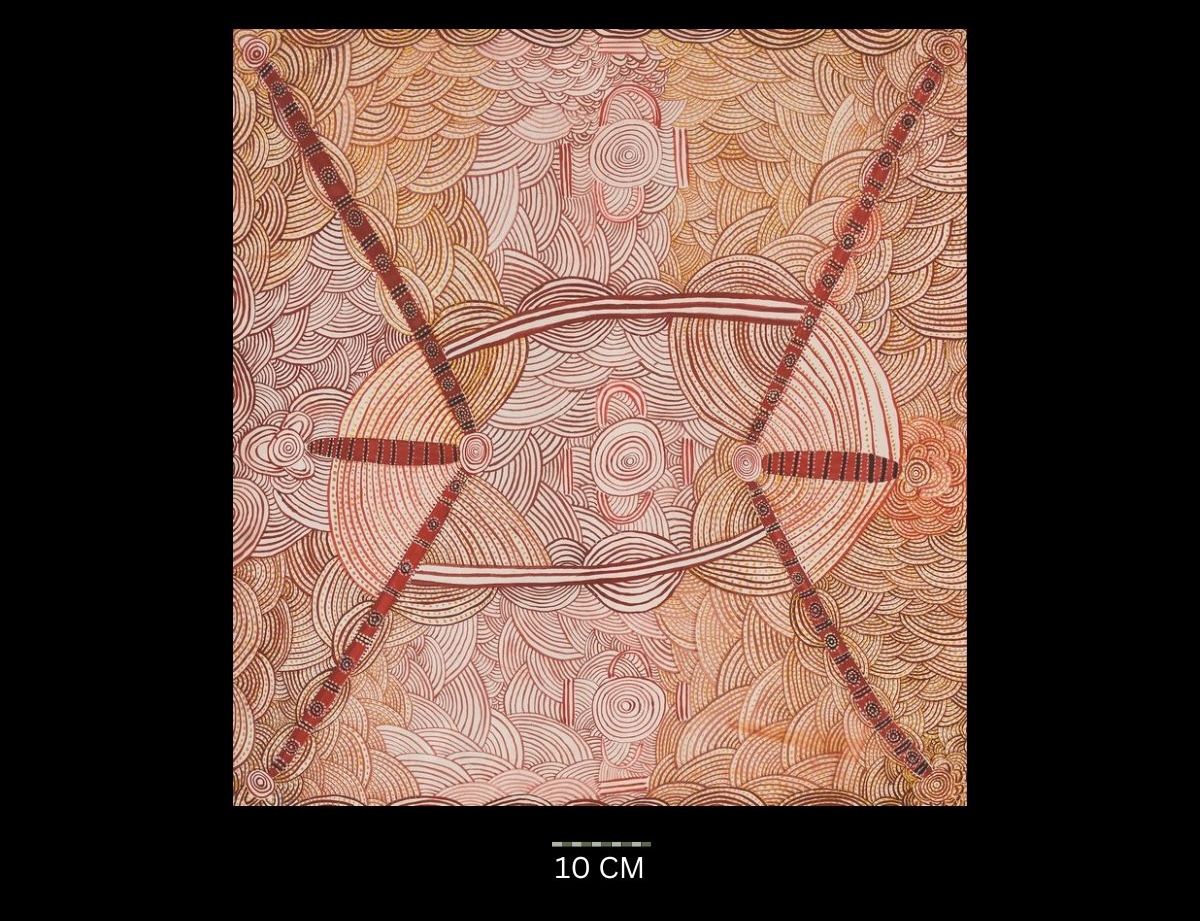
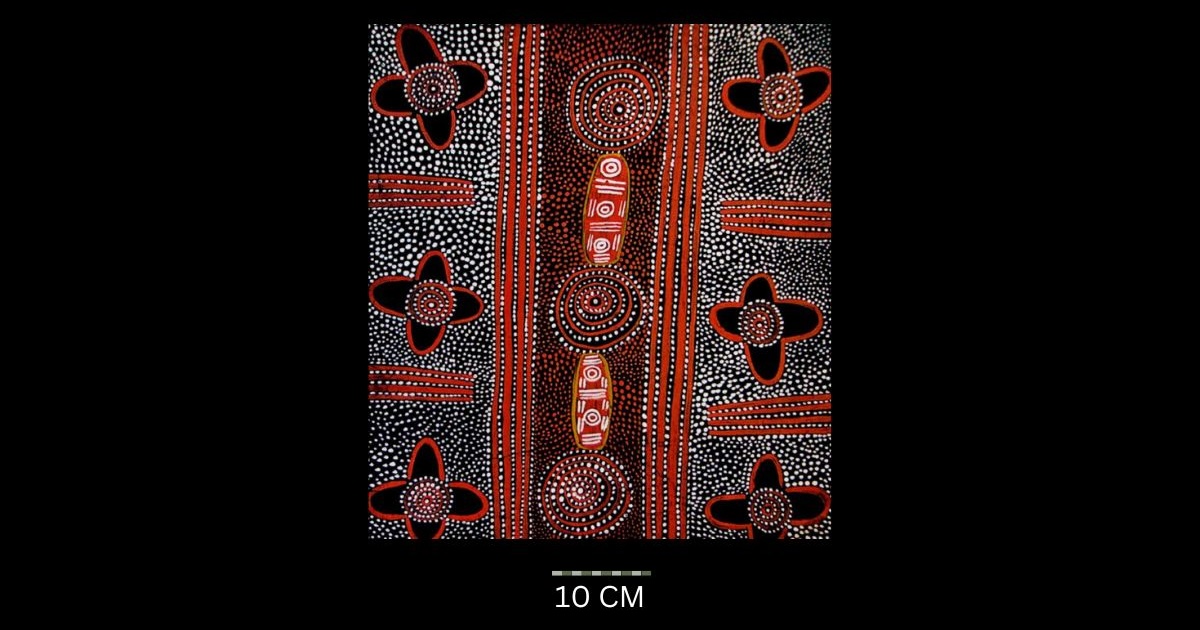
Untitled (Women’s Ceremony) 1972
Synthetic polymer powder paint on composition board,
51 x 46 cm
Hammerprice: A$7,000
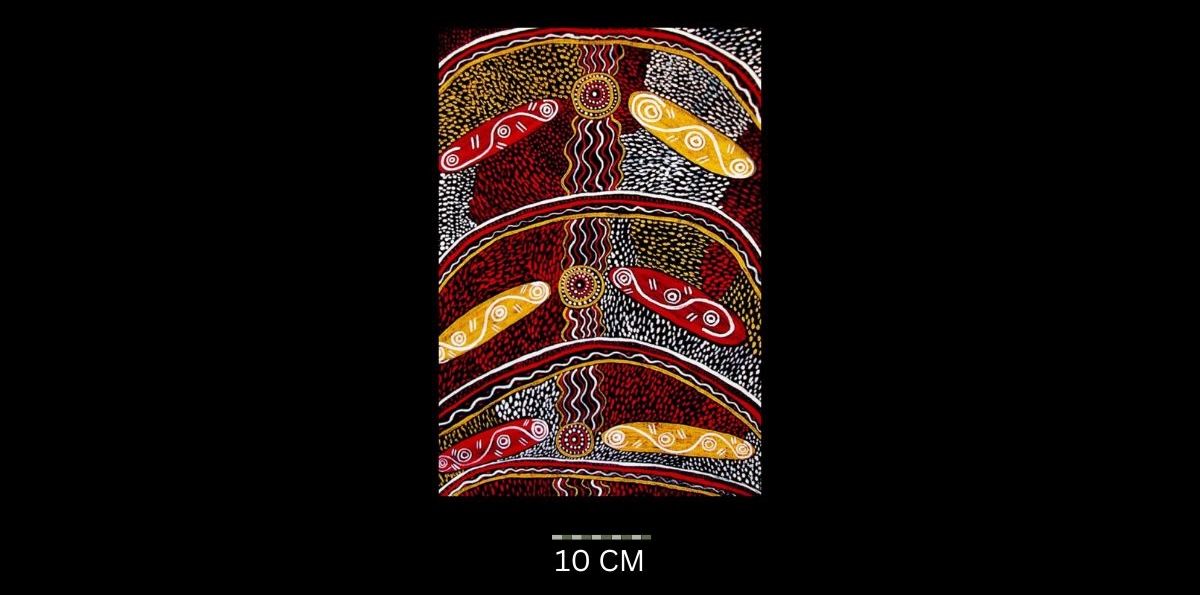
Water Story 1972
Synthetic polymer powder paint on composition board,
46 x 31.5 cm
Hammerprice: A$7500

Women’s Travelling Bush Tucker Ceremony 1972
Synthetic polymer paint on board,
51 x 46 cm
Hammerprice: A$9,250
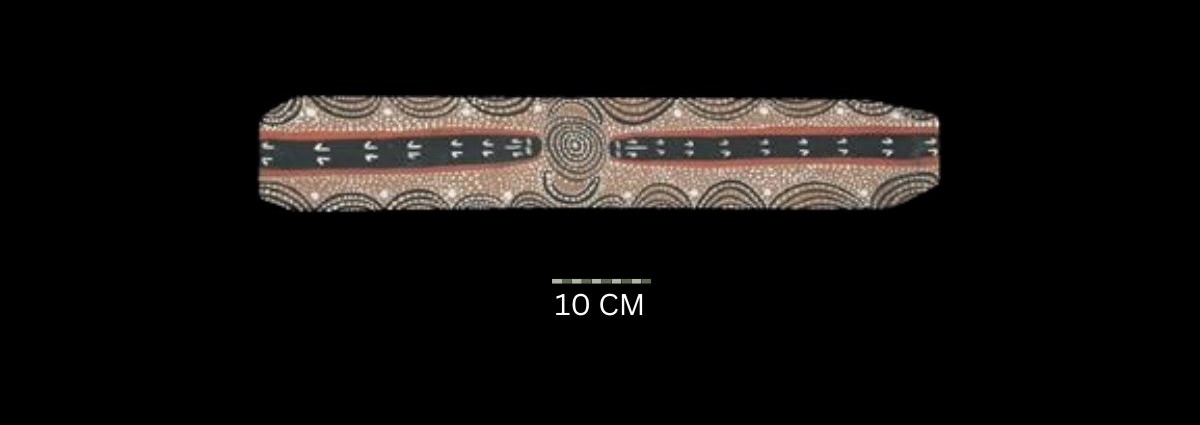
Wallaby Story, 1972
Synthetic polymer on composition board,
69 x 11 cm
Hammerprice: A$11,000
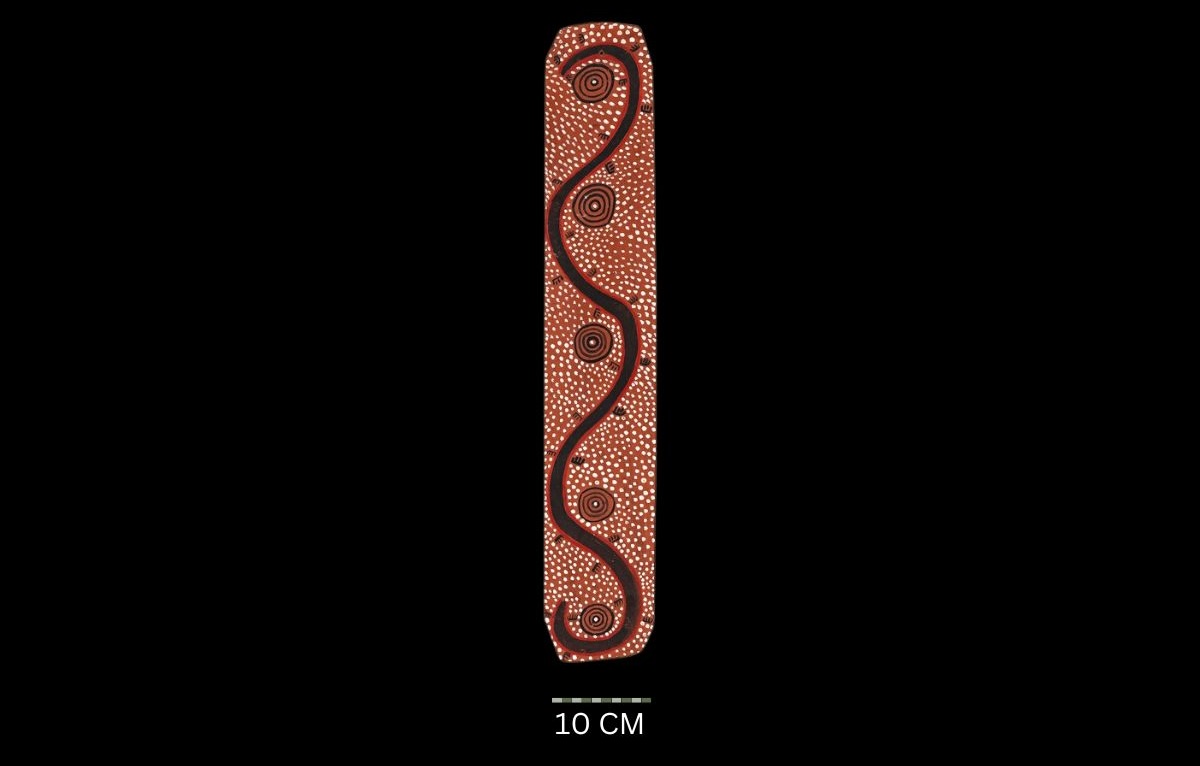
Untitled, 1972
Synthetic polymer powder paint on composition board, signed indistinctly verso: Jack [as stated in Sotheby’s, Sydney, 9 November 1998 catalogue entry], bears inscription verso: Stuart Art Centre cat. 18151 [as stated in Sotheby’s, Sydney, 9 November 1998 catalogue entry],
64.5 x 11.5 cm
Hammerprice: A$14,000
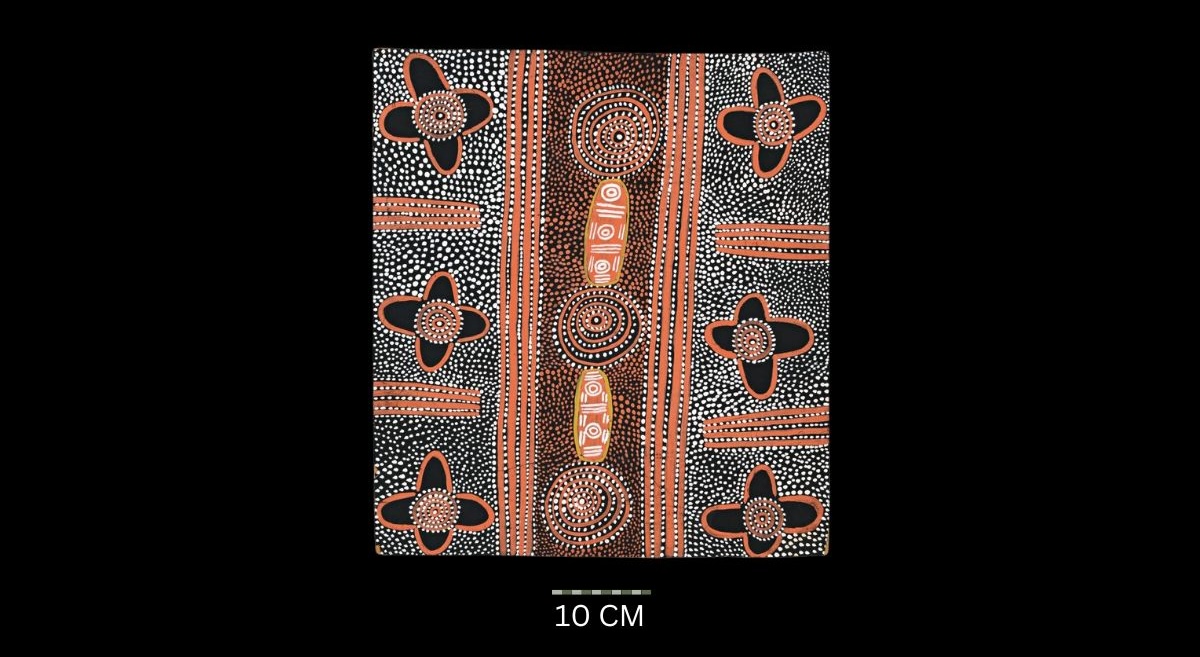
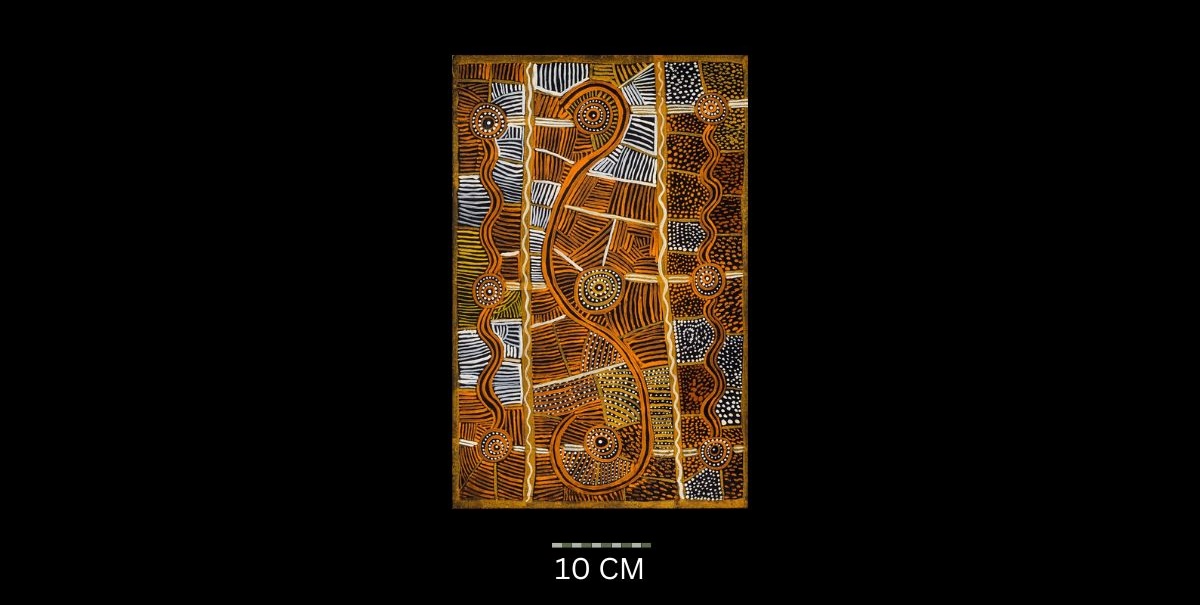

Water Dreaming 1972
Synthetic polymer powder paint on composition board
No size recorded
Hammerprice: A$12,000

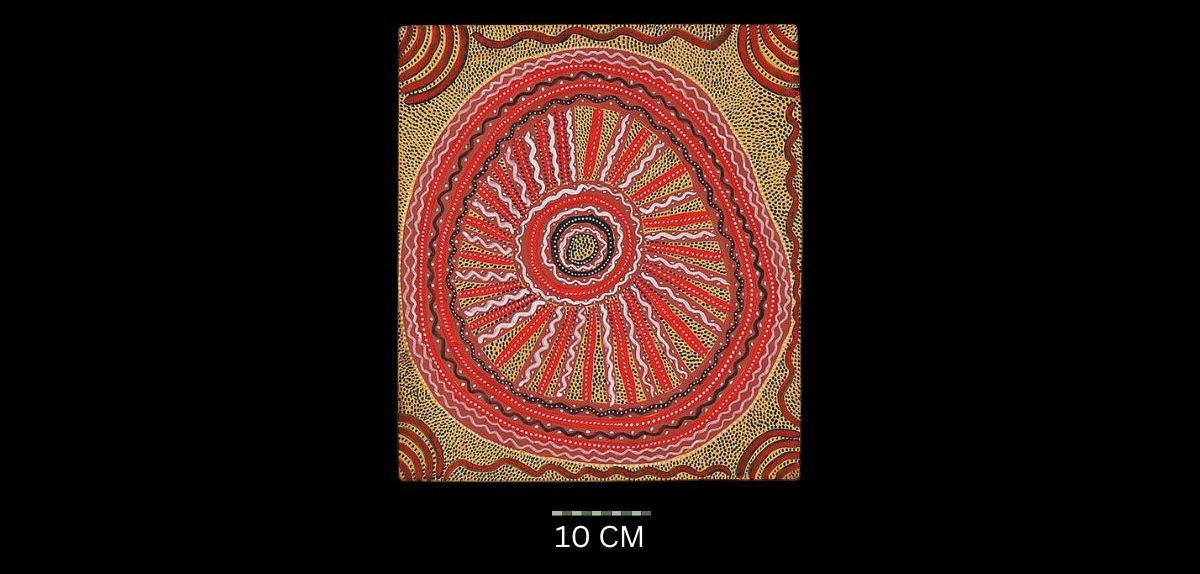
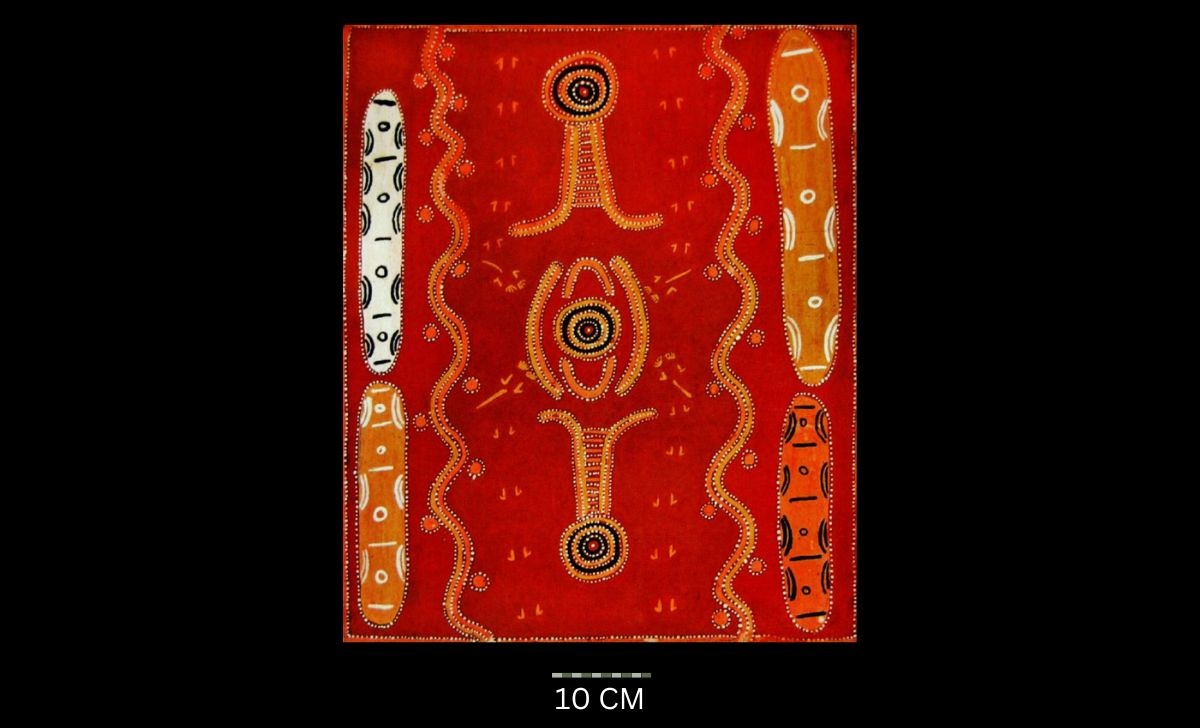
Untitled (Kangaroo Story) 1972
Synthetic polymer paint on composition board,
61.5 x 51.5 cm
Hammerprice: A$8,000

Initiation Site and Storm Story c. 1972
Synthetic polymer powder paint and natural earth pigments on composition board, signed Jack Phillipus and bears title and consignment number 9032 on the reverse,
45.5 x 37.5 cm
Hammerprice: A$8,000
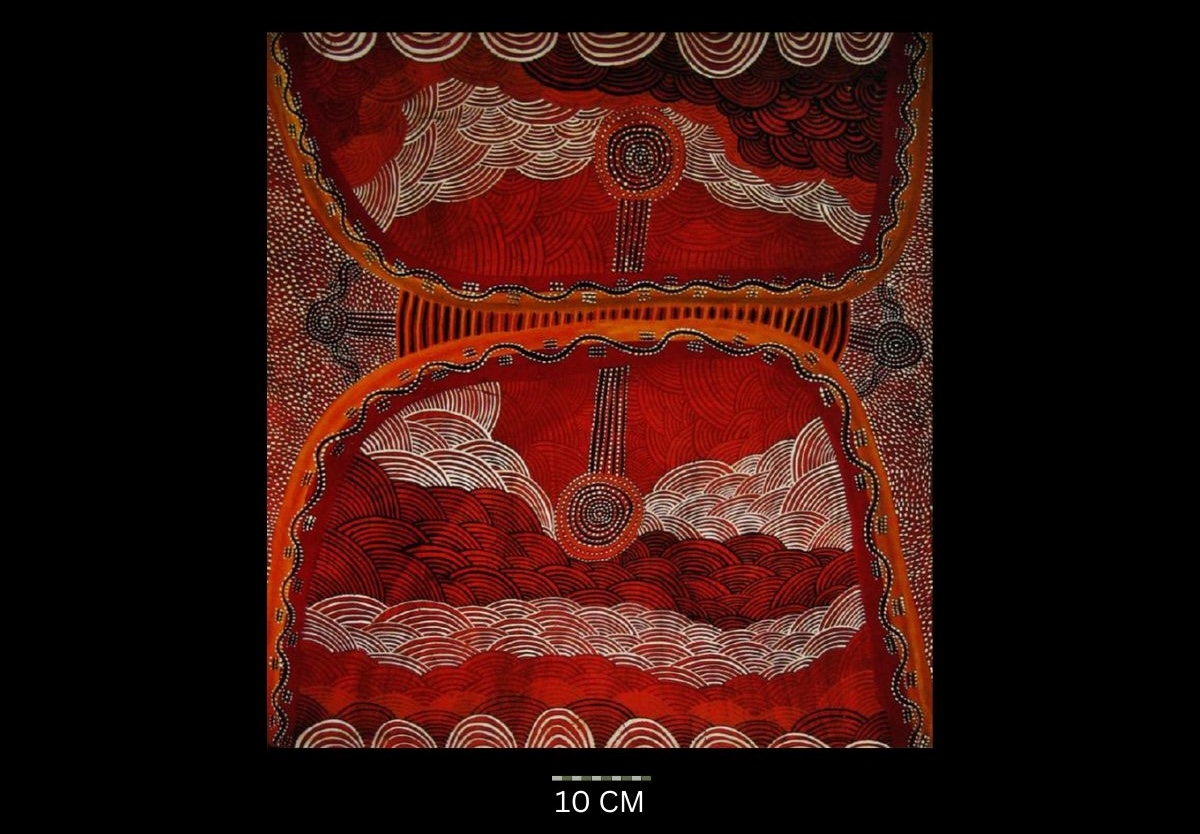
Untitled (Rainbow and Water Dreaming) 1972
Natural earth pigments and synthetic polymer powder paint on composition board, bears Stuart Art Centre consignment number 19079A on the reverse and artist’s name size and Scott Livesey Art Dealer stamp on the reverse of frame,
71.5 x 76.5 cm
Hammerprice: A$26,000
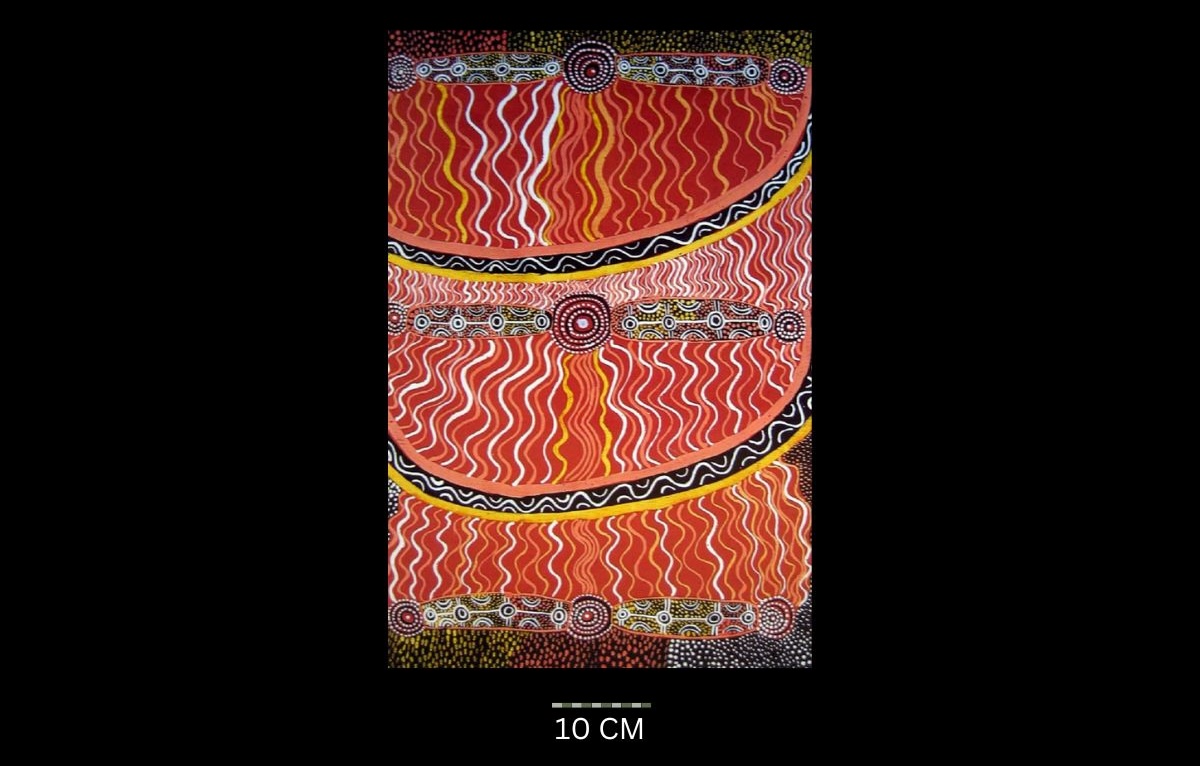
Water Story 1972
Synthetic polymer paint on composition board, bears artist’s name, title, and Stuart Art Centre consignment number 14004 on label on the reverse,
63.5 x 43 cm
Hammerprice: A$14,000
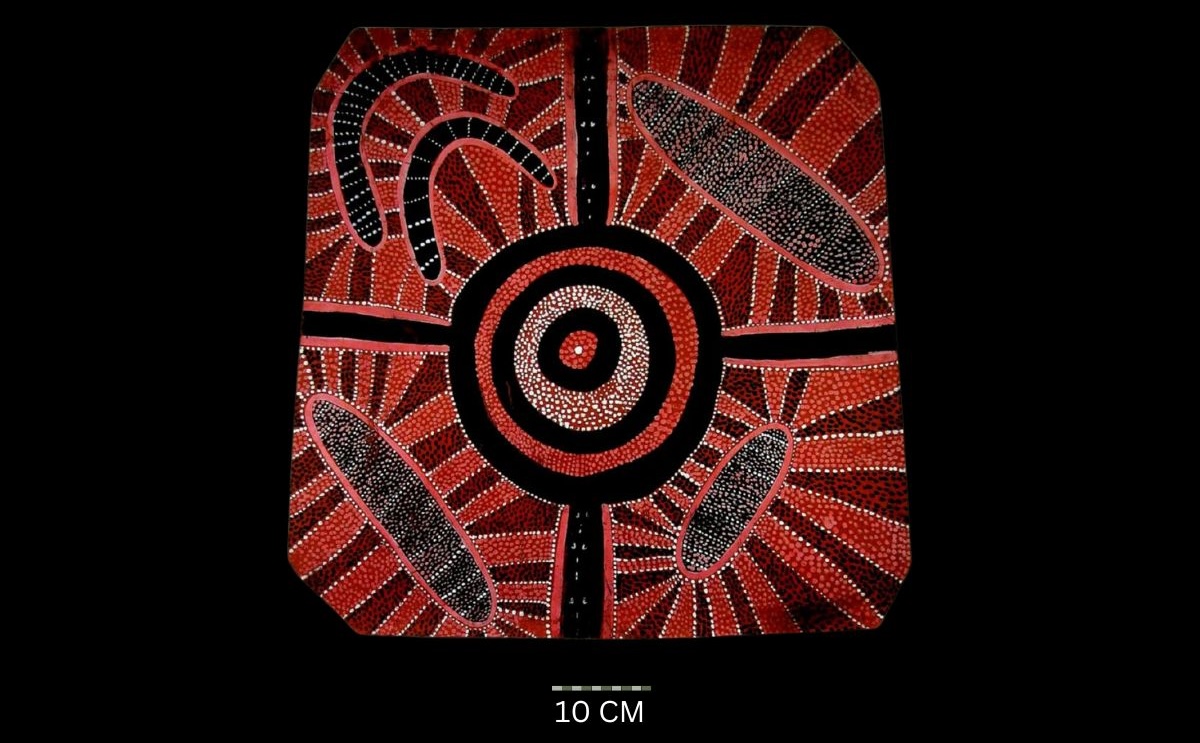
Wallaby Dreaming 1972
Synthetic polymer powder paint on composition board, marked A1 on the reverse,
61.5 x 61 cm
UNSOLD
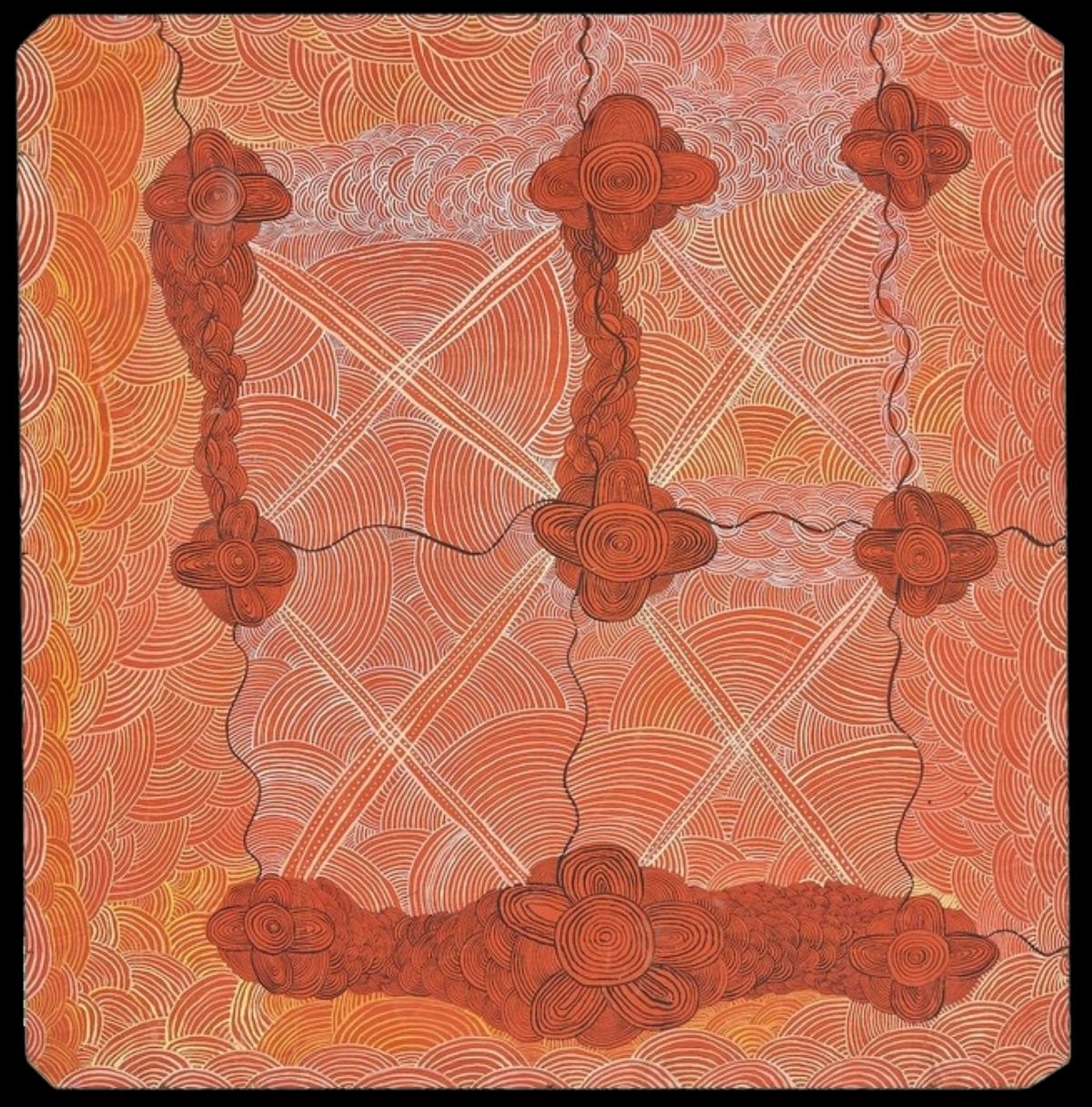
Experimentation and Refinement in Western Desert Painting (1973–1974)
In 1973, Long Jack transitioned from time-intensive linework to the more popular and versatile dot painting technique, marking a new phase in his artistic development. Expanding his colour palette to include green, brown, and mixed hues, he pushed the visual boundaries of Papunya art while staying rooted in cultural symbolism. Works like Massacre and Vengeance (1973) and Women Dancing (1973) showcased his ability to use dots not only for infill but also as central design elements, including semi-floral motifs and dynamic dot fields. However, due to concerns from other Aboriginal communities about the public display of sacred knowledge, Long Jack and other senior Papunya artists ceased depicting overt ceremonial objects (Tjuringa). Instead, he subtly referenced sacred forms through abstracted shapes. His growing reputation at Papunya is reflected in his access to larger, higher-quality painting materials, reinforcing his importance in the early development of contemporary Aboriginal art.
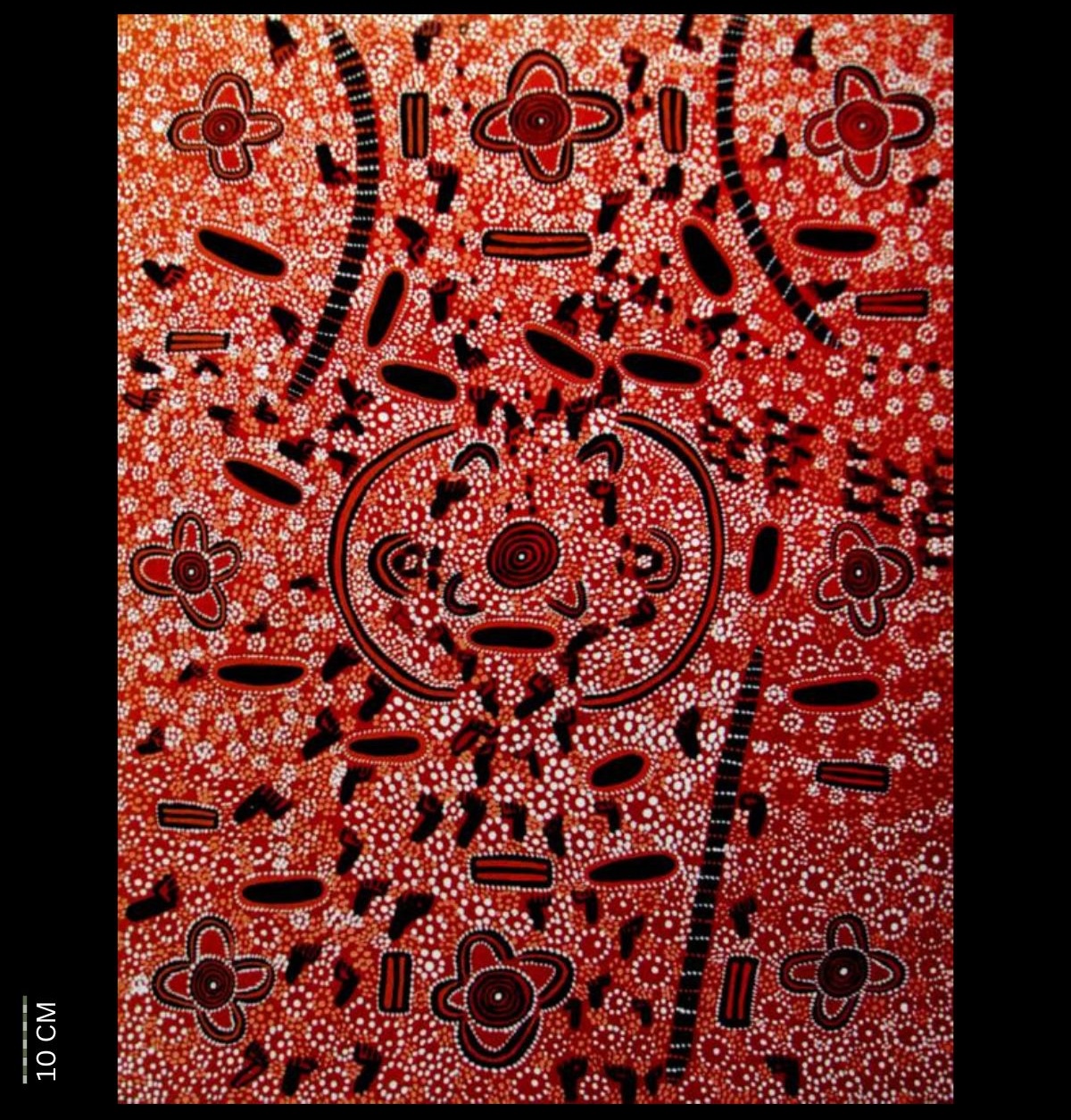
Massacre and Vengeance 1973
Synthetic polymer paint on composition board, bears Papunya Tula catalogue number JT731213 on the reverse,
122 x 92.5 cm
UNSOLD
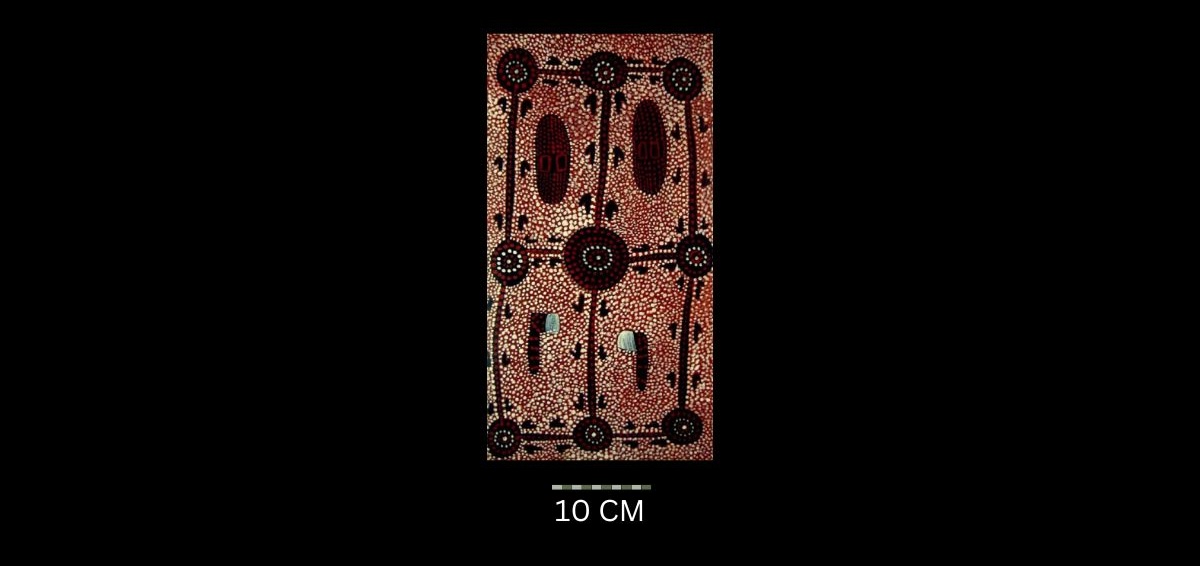
Untitled 1973
Synthetic polymer powder paint on composition board, bears artist’s name and Papunya Tula Artists catalogue number JP735712 on the reverse of frame,
43 x 23 cm
Hammerprice: A$4,000
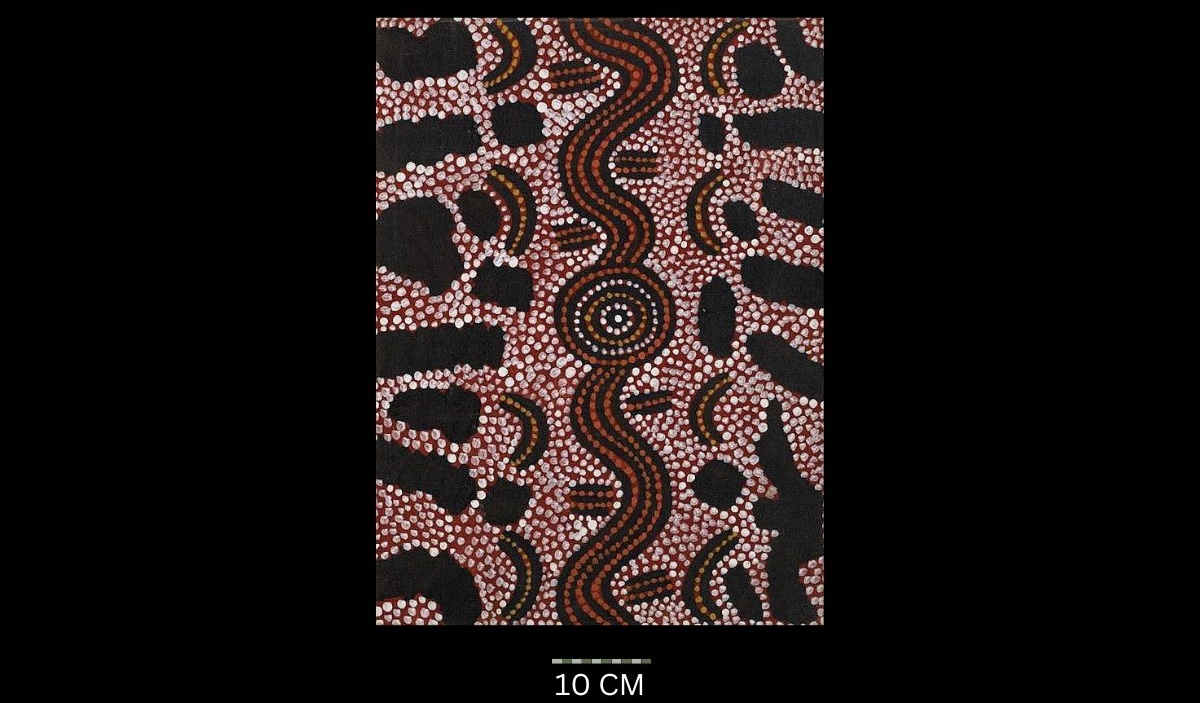
Snake Dreaming (1973)
Synthetic polymer paint on artist board,
60.5 x 45 cm
Hammerprice: A$2,600
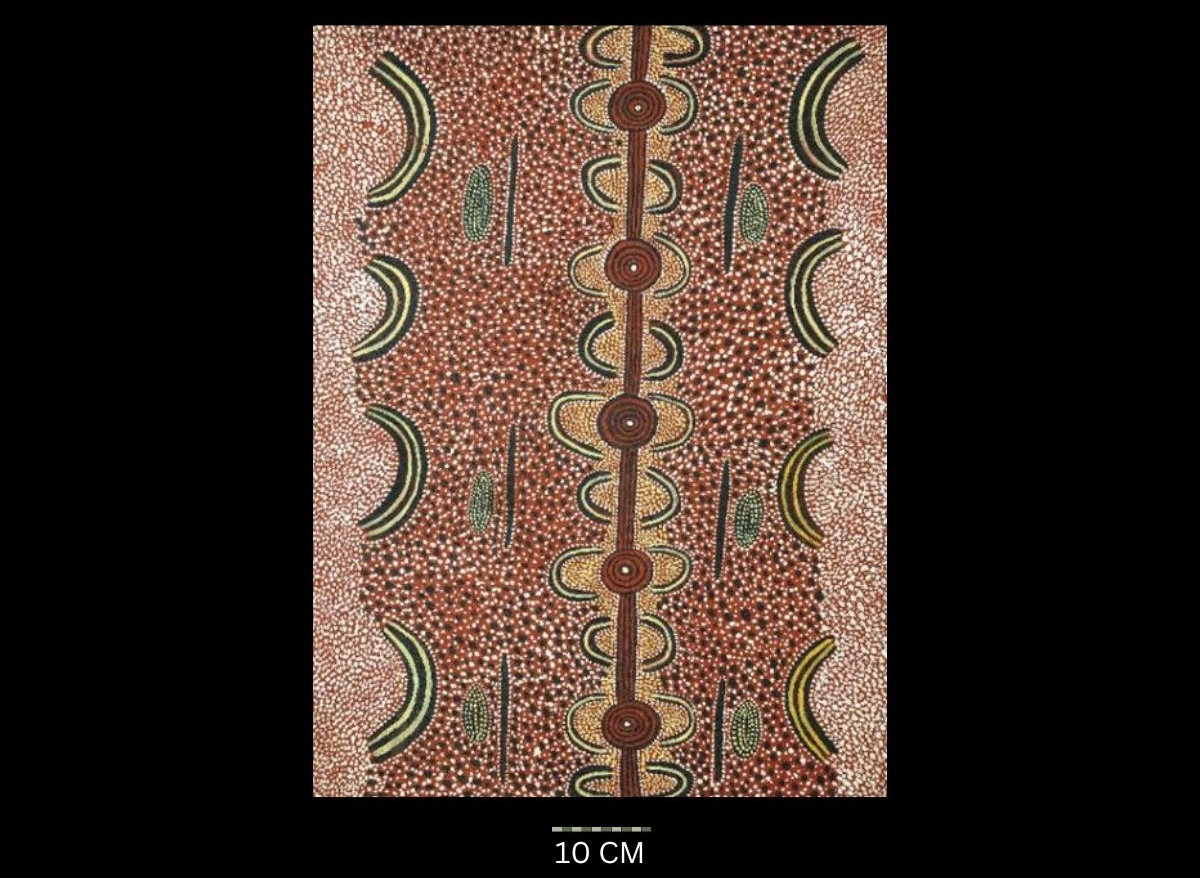
Women Dancing 1973
Synthetic polymer paint on board, ‘Well N. of Sandy Blight kana puta’ Papunya Tula Artists stock number ‘JP 731143’ and title inscribed verso,
77 x 59.5 cm
Hammerprice: A$11,000
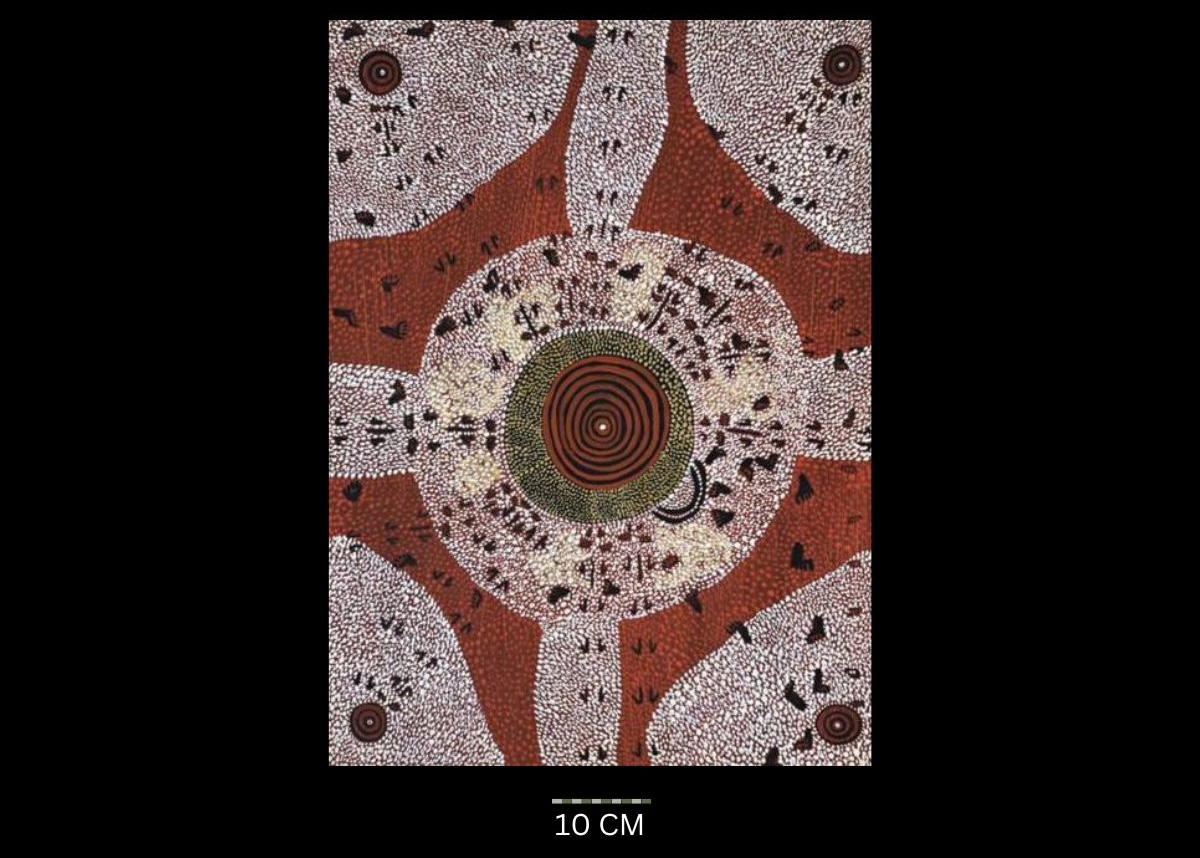
Waru (Rock Wallaby) at Tjunti 1973
Synthetic polymer paint on composition board,
74.5 x 54.5 cm
Hammerprice: A$11,000
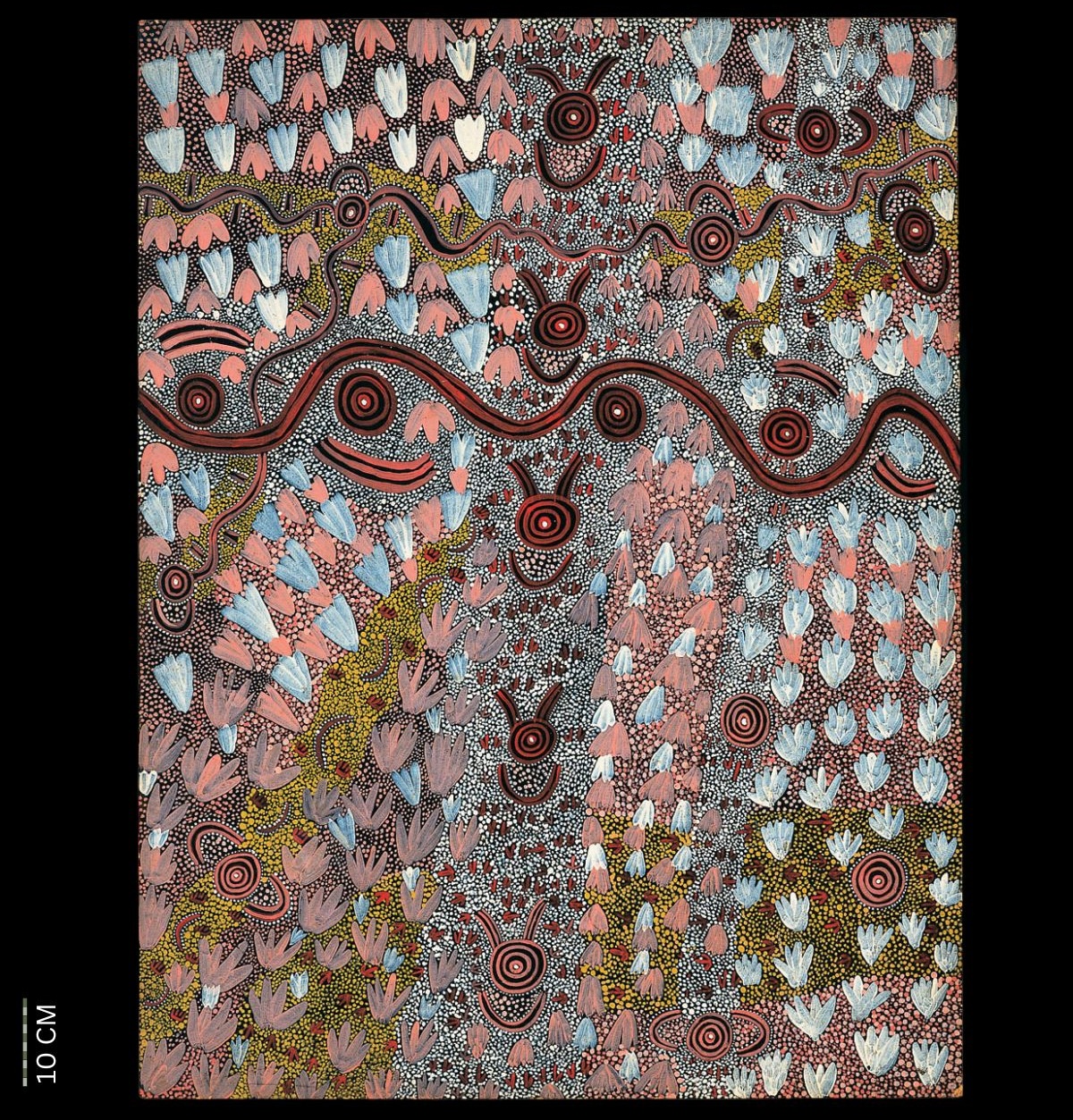
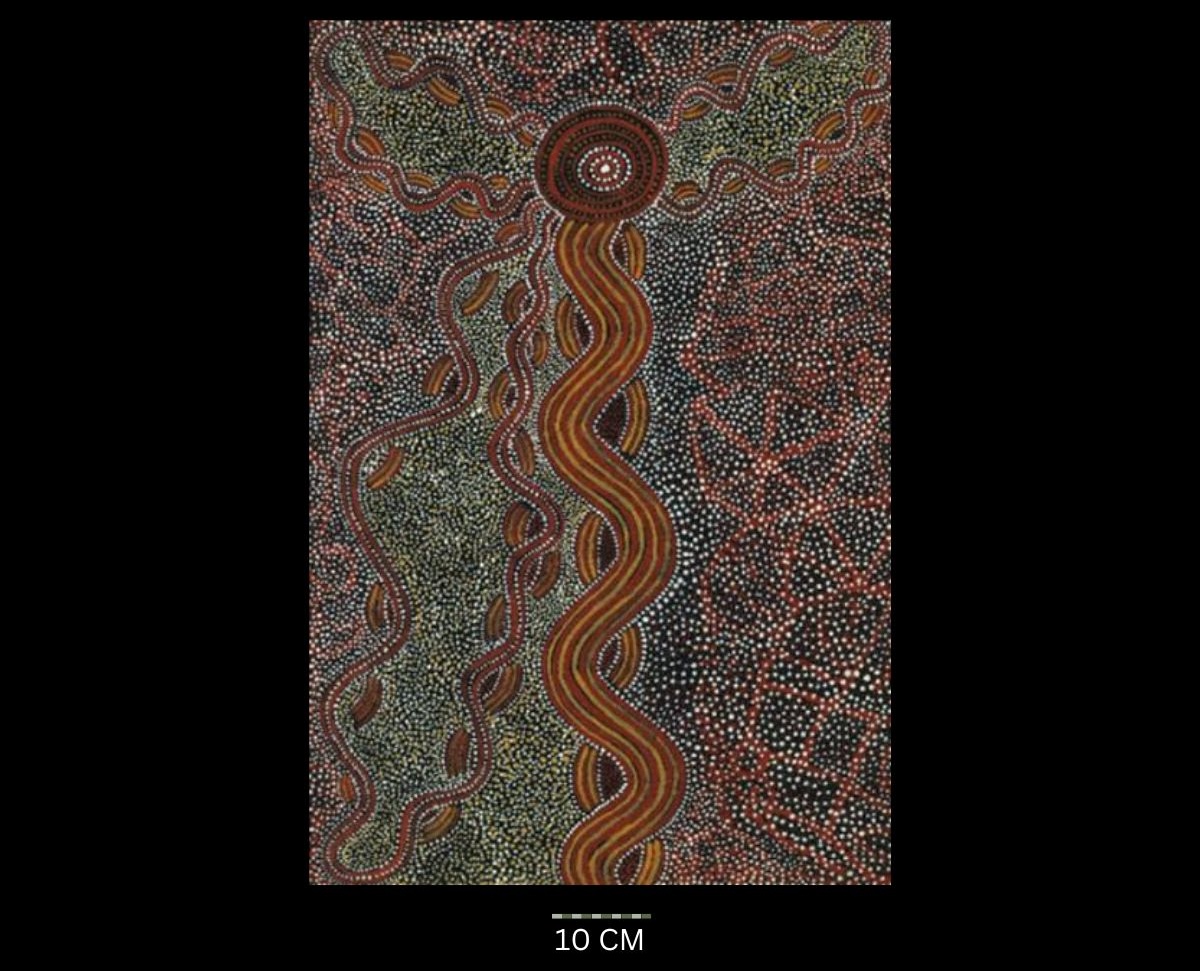
Snake (Wanampi) Story 1973
Synthetic polymer paint on board, papunya Tula Artists label bearing artist’s name, title date and the stock number ‘JP 735809’ verso,
86.5 x 58.5 cm
Hammerprice: A$10,750
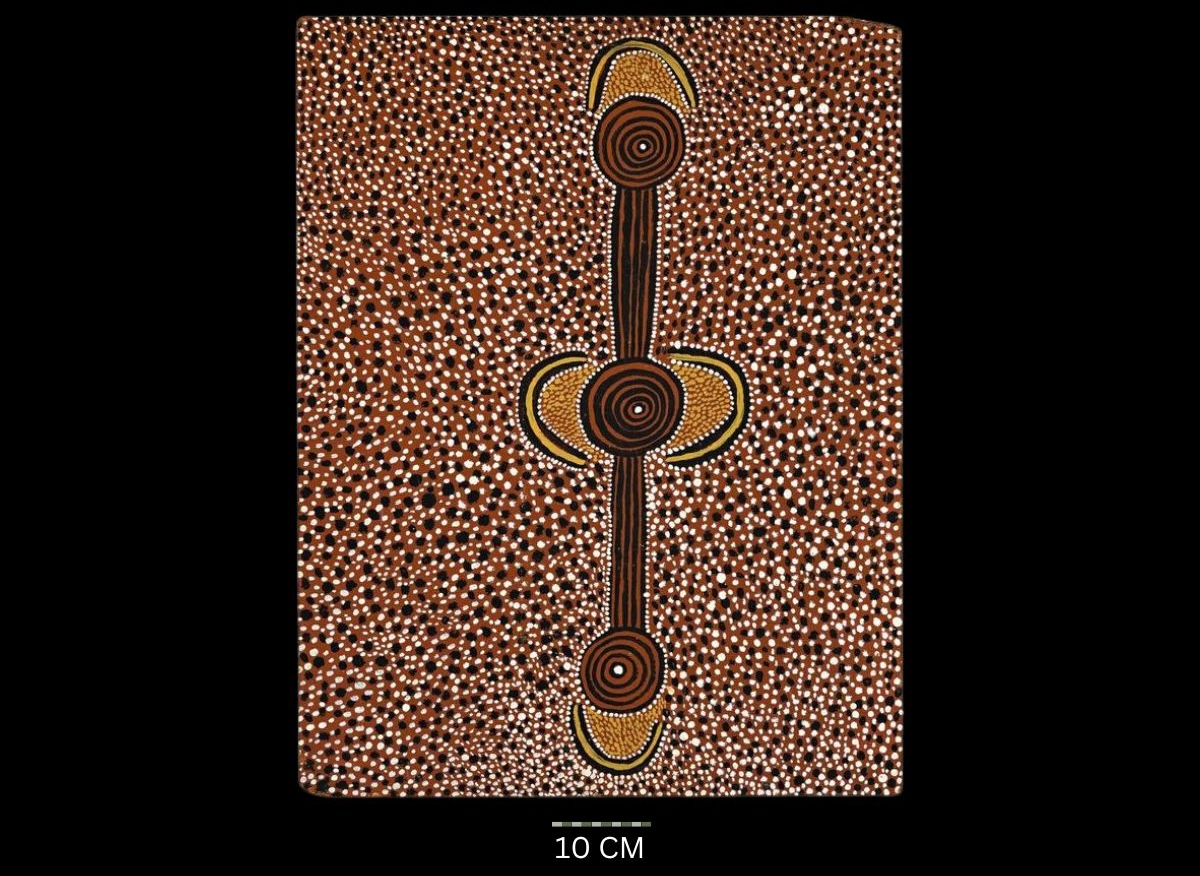
Two Women of Pinarirnya, 1973
Synthetic polymer paint on composition board,
79 x 61 cm
Hammerprice: A$7,000
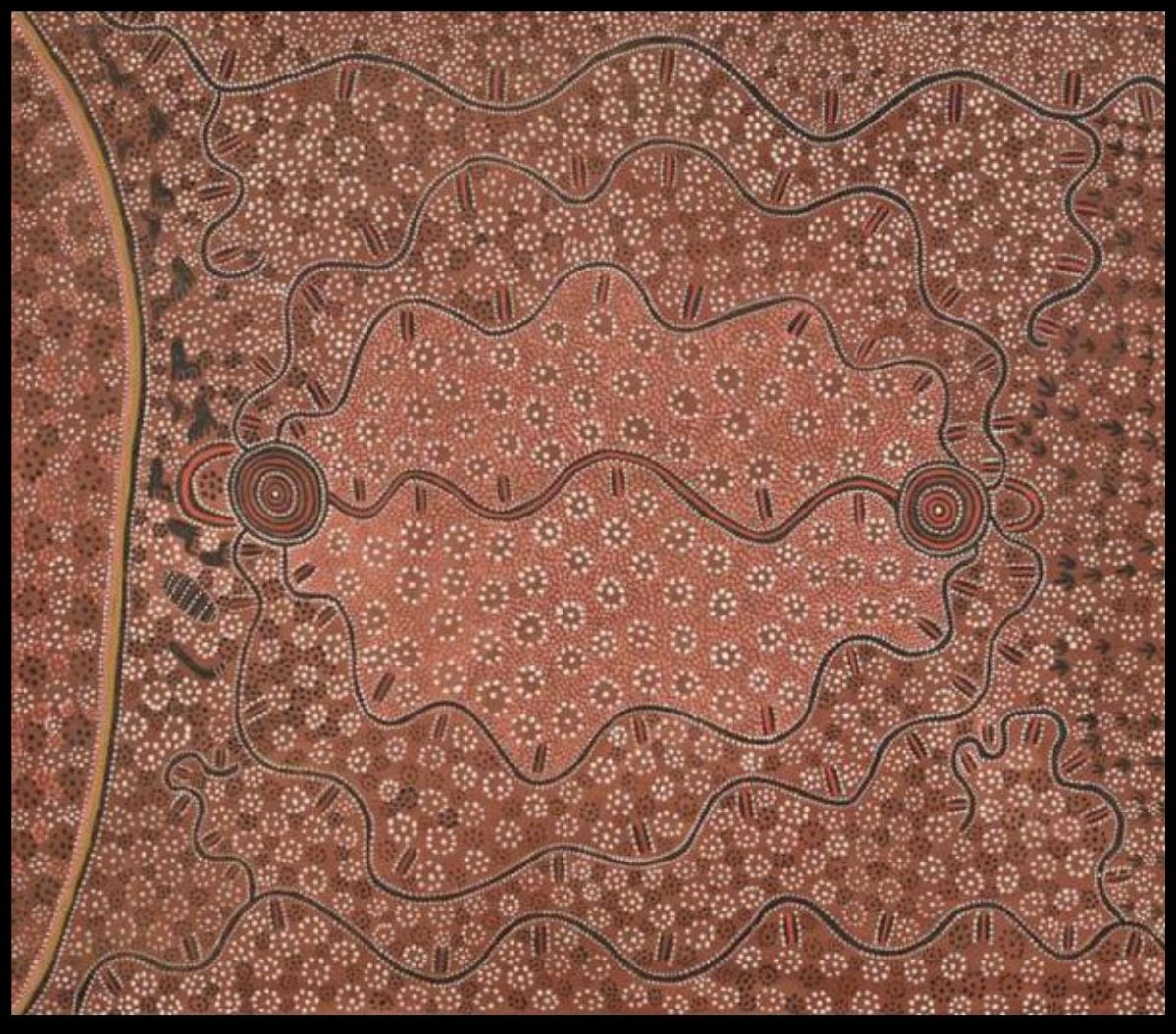
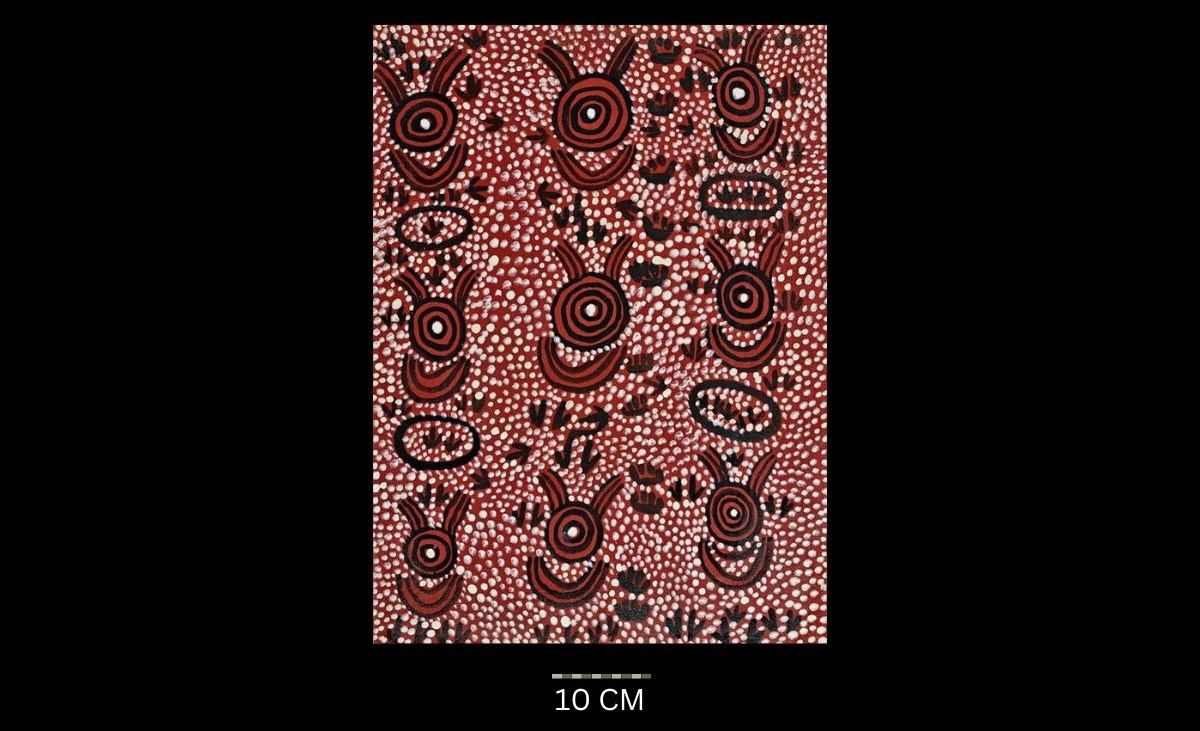
Kangaroo Man and Possum Man Ancestors Travelling to Tjakari, Matingpilangu And Lurrnpa
(Circa 1974)
Synthetic polymer paint on canvas board,
61 x 45.5 cm
Hammerprice: A$8,000
Decline in Innovation and Commercial Influence (Post-1975)
After 1975, Long Jack Phillipus Tjakamarra continued to contribute to the Western Desert art movement but began to adopt a more commercial style that lacked the innovation of his early years. His later works, particularly those produced in the 1980s and 1990s, often featured brighter, less naturalistic colours that diverged from the earthy tones of the desert landscape. This shift, combined with an increasingly formulaic approach to composition, resulted in works that were less reflective of the cultural depth and artistic brilliance seen in his 1970s pieces. By the 1990s, Long Jack was primarily producing canvas paintings that catered to market demand, and while these retained some visual appeal, they lacked the experimental edge and cultural subtlety that had originally made him a standout figure among the founding Papunya artists.
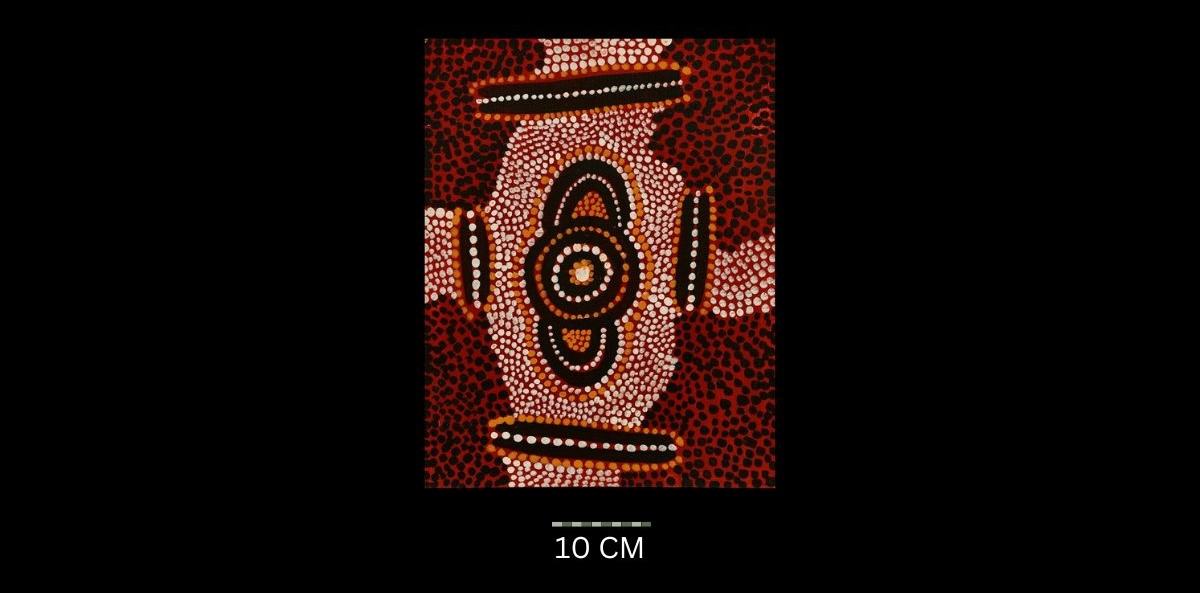
Wilkinkara Men’s Dreaming,
1976
Acrylic on board, inscribed verso Papunya Tula Artists cat. ‘LJ76612’,
35 x 45 cm
Hammerprice: A$2,000
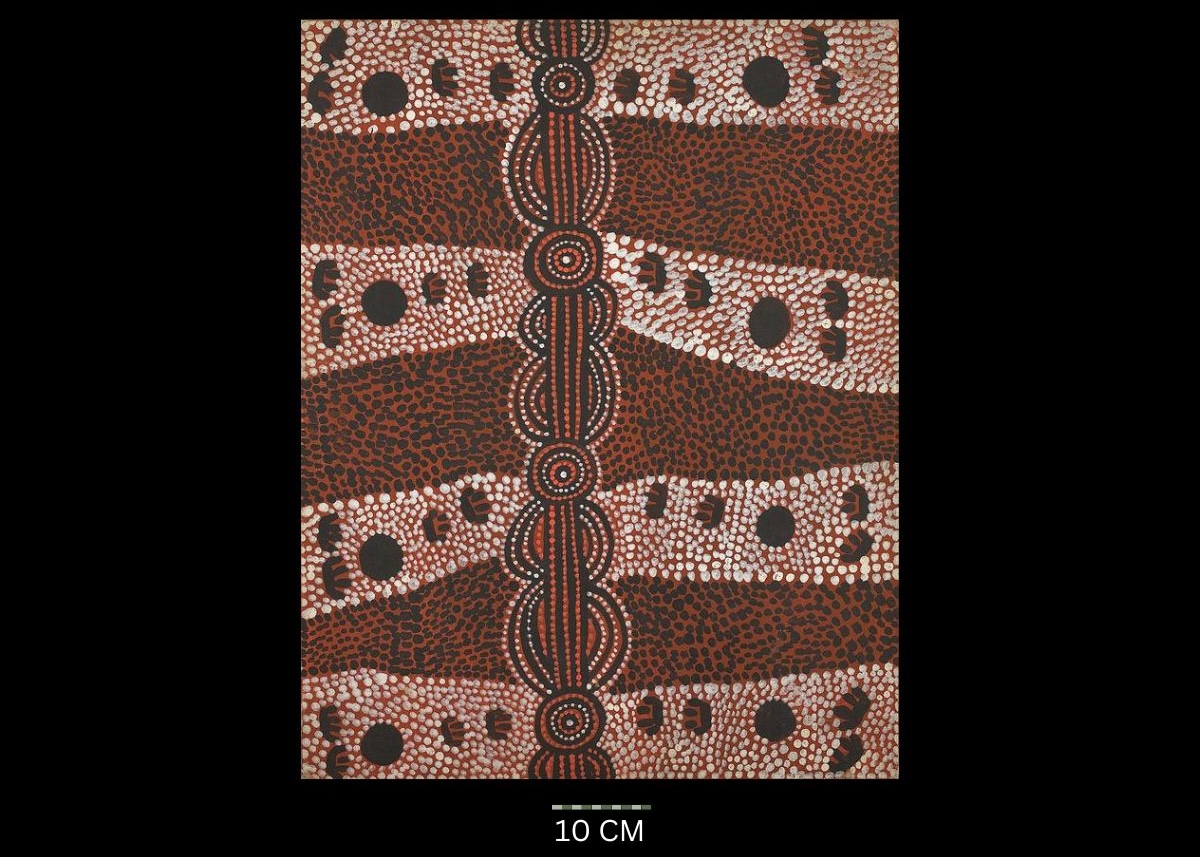
Possum Dreaming at Ngamuranya (1976)
Synthetic polymer paint on board,
76 x 60 cm
Hammerprice: A$7,000
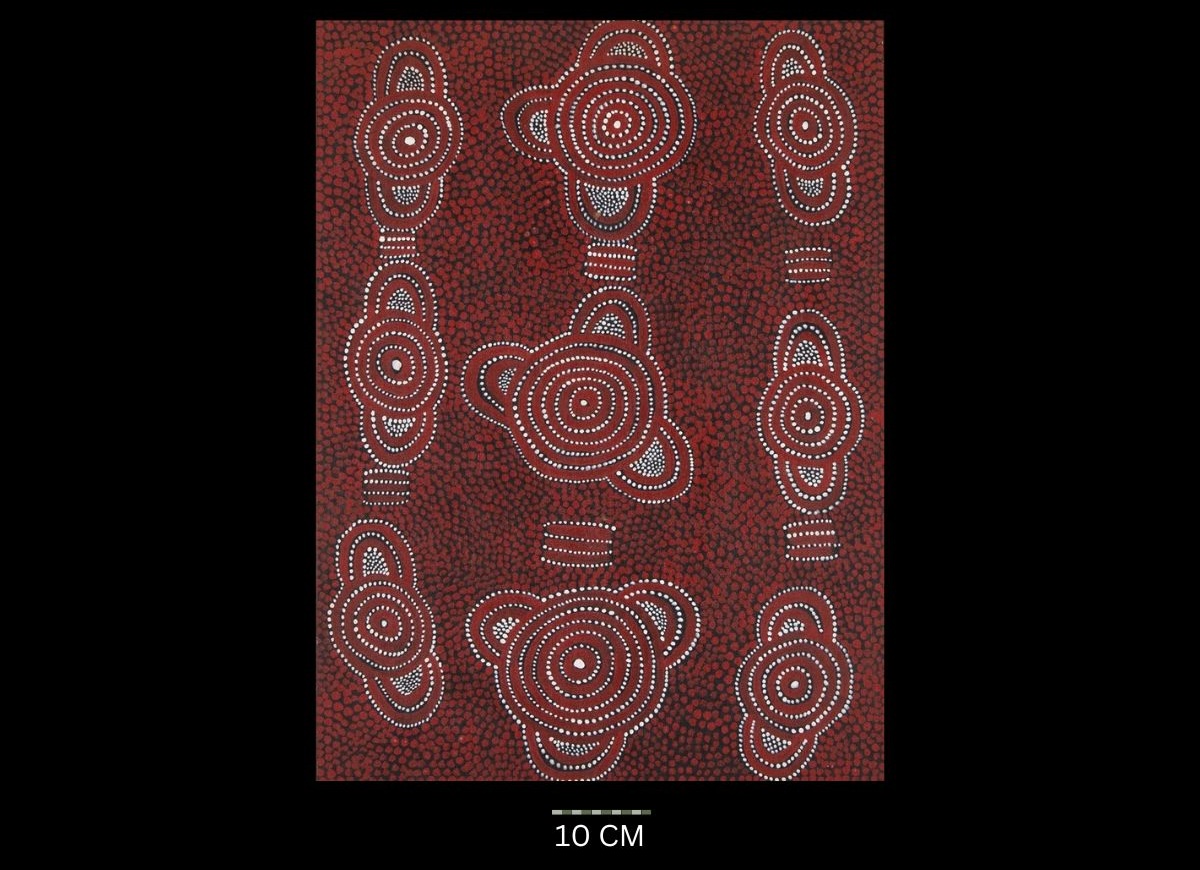
Kunugulong 1976
Synthetic polymer paint on board, papunya Tula catalogue number 76978 and certificate of authenticity accompanies this artwork,
76 x 56 cm
Hammerprice: A$9,000
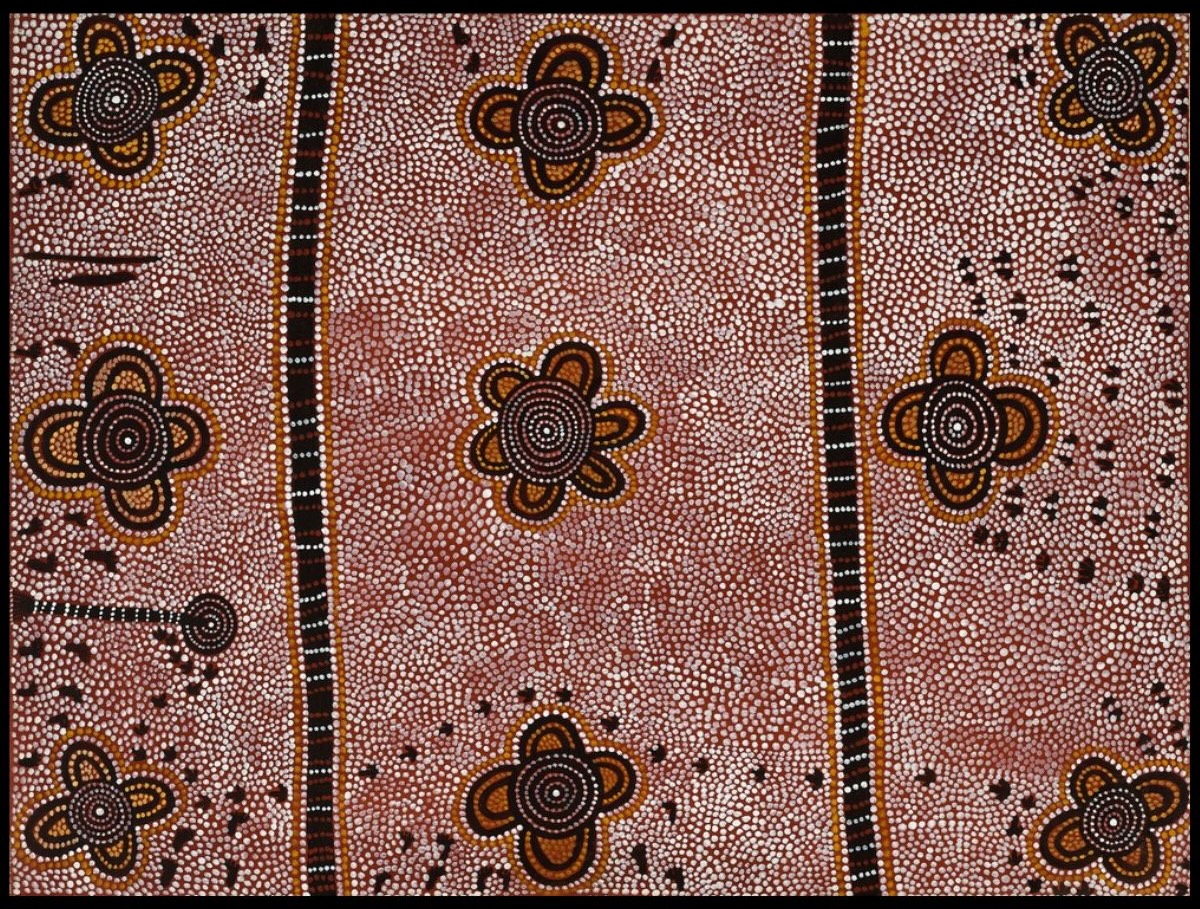
Tjikarri, 1979
Synthetic polymer paint on linen, bears inscription verso: Papunya Tula Artists cat. JP79100,
122 x 91.5 cm
Hammerprice: A$5,000
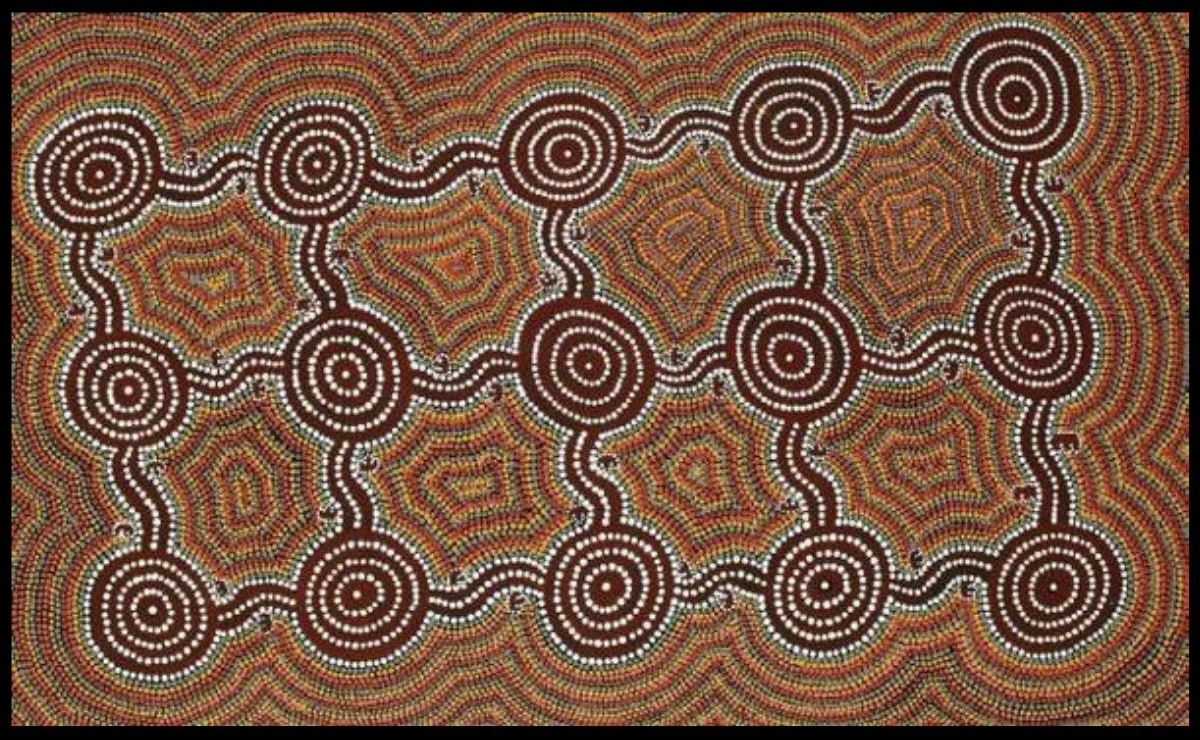
Possum Dreaming
1979
Acrylic on linen, artist’s name, title, Papunya Community Arts and Crafts Centre stamp and the stock numbers ‘AAC1127’ and ‘TOAAC279ID’ inscribed verso,
152 x 91 cm
Hammerprice: A$2,800
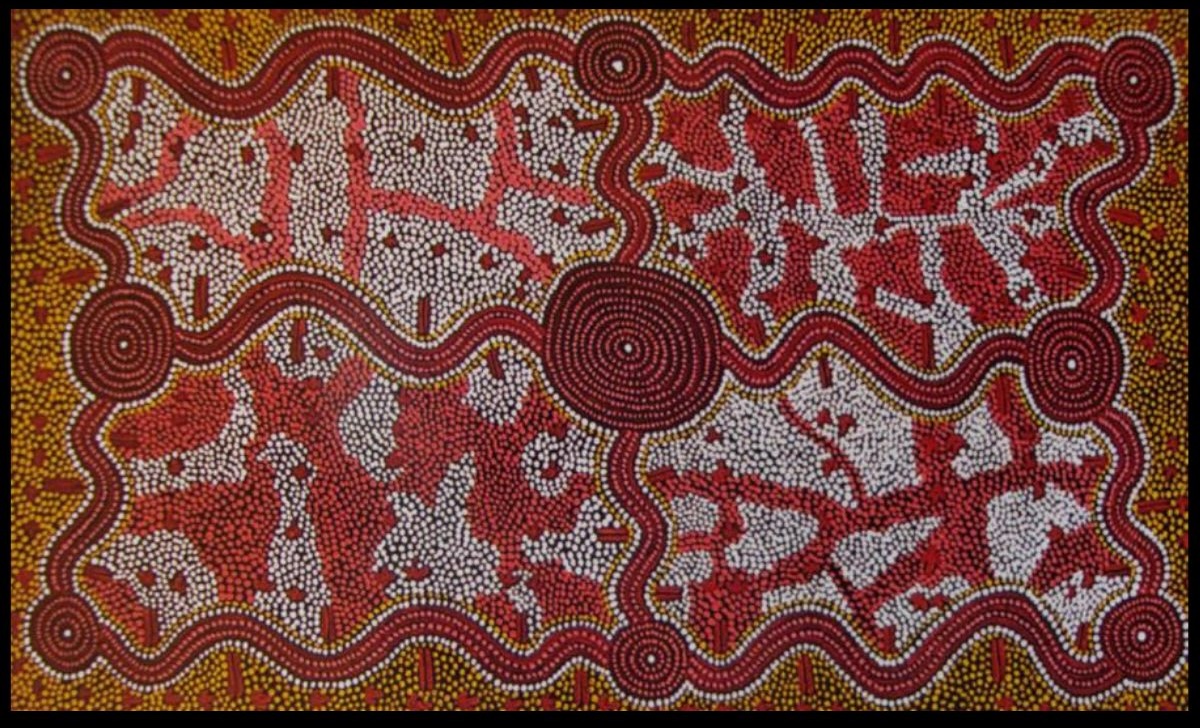
Rain Mythology 1981
Synthetic polymer on canvas, unsigned, bears artist’s name and Papuny Tula catalogue number
No size recorded
Hammerprice: A$3,400

Untitled
1983
Synthetic polymer paint on linen, with Papunya Tula Artists number LJ831195 on the reverse,
150.5 x 90 cm
Hammerprice: A$12,000
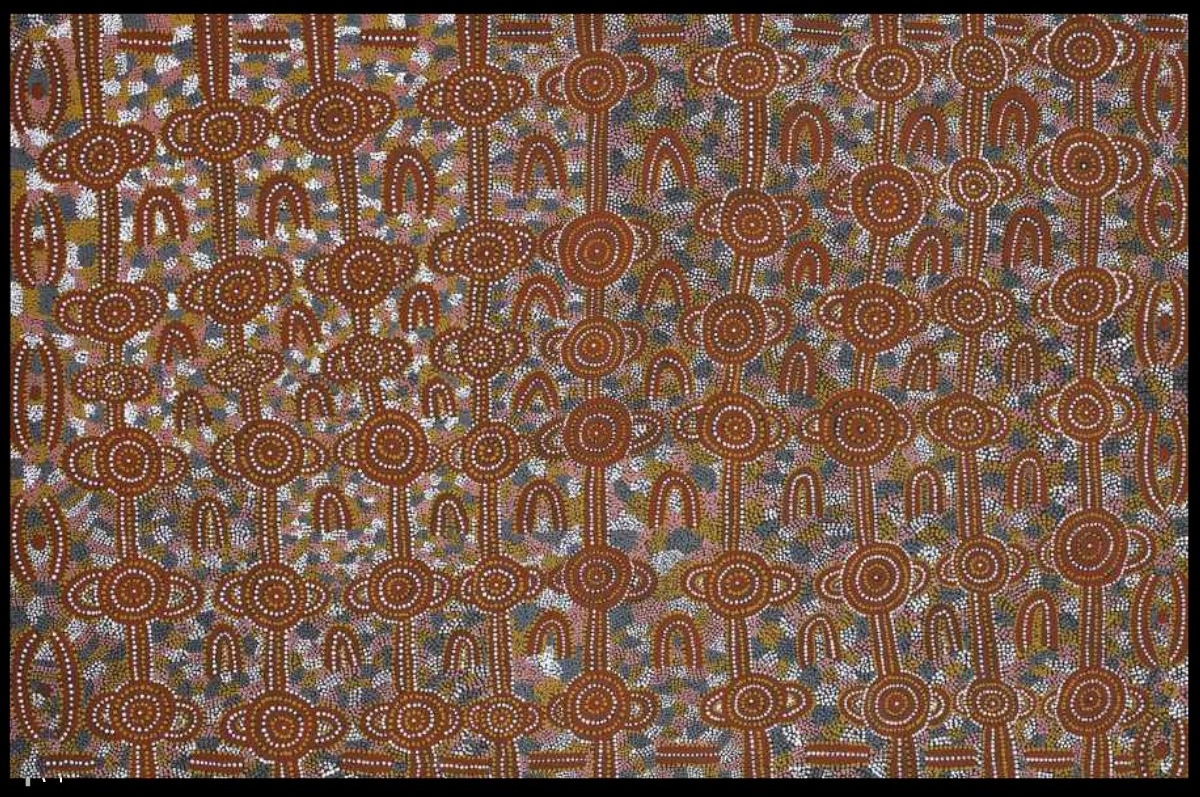
Untitled
1986
Synthetic polymer paint on linen, bears Papunya Tula Artists number LJ860380 on the reverse,
120 x 180 cm
Hammerprice: A$4,200

Tingari Men En Route to Pinarri (Lake Mackay) 1987
Synthetic polymer on canvas, unsigned, bears Papunya Tula catalogue number LJ870567 on reverse,
106 x 149 cm
Hammerprice: A$2,000
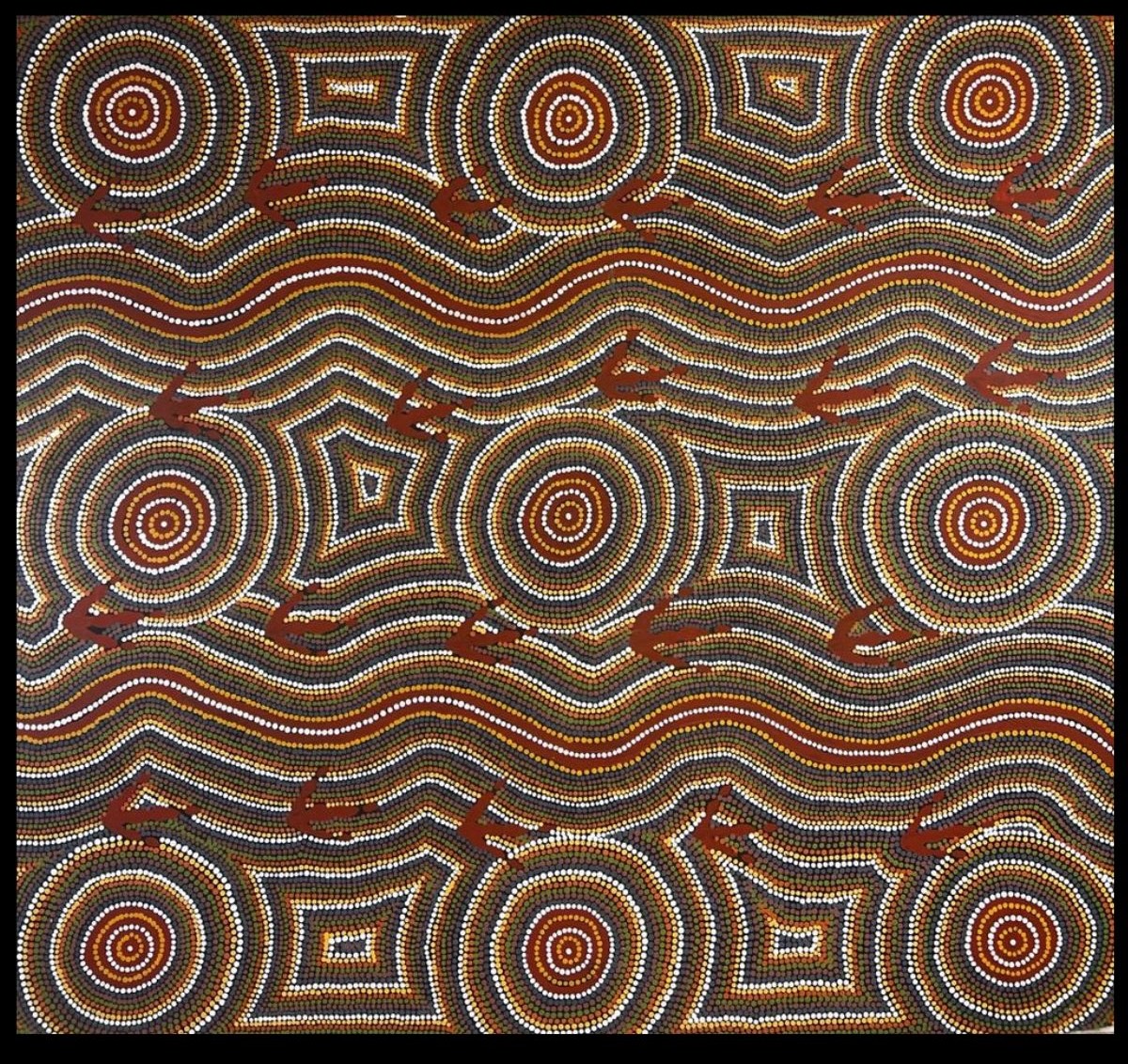
Untitled
Undated but likely mid 1980’s
Acrylic on canvas, inscribed JW # 110,
129 x 141 cm
Hammerprice: A$2,000

Women Dreaming, North of Kintore
Acrylic on canvas,
125 x 108 cm
Hammerprice: A$6,400
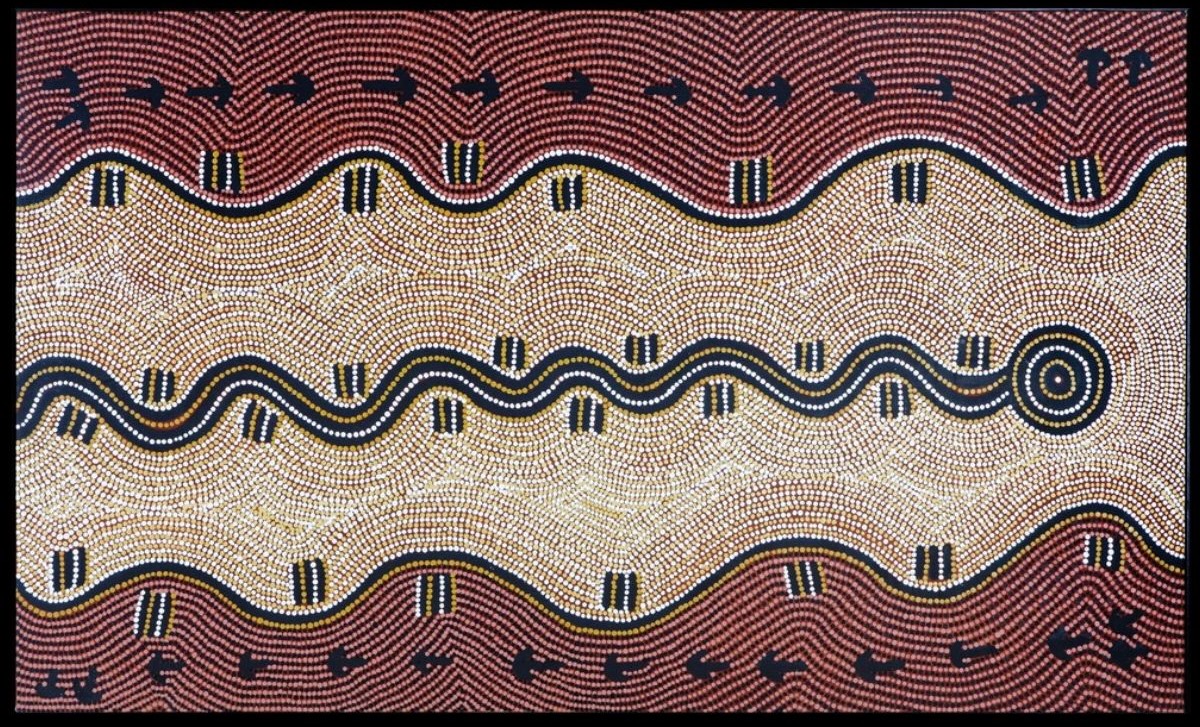
Water Dreaming
Acrylic on canvas, inscribed verso: Property of Papunya Tula Artists P/L,
91 x 152 cm
Hammerprice: A$5,500
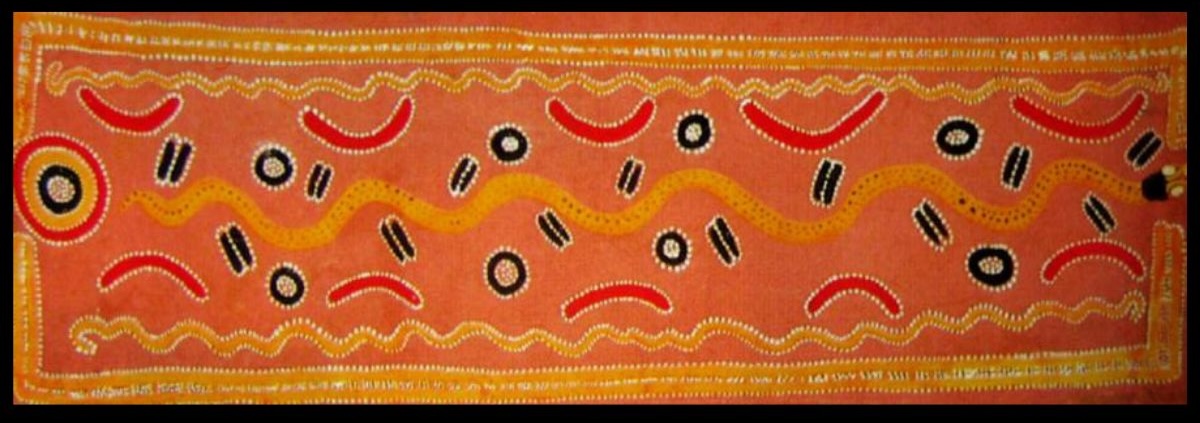
Snake Dreaming
Acrylic and ochre on plywood
No size recorded
Hammerprice: A$5,000
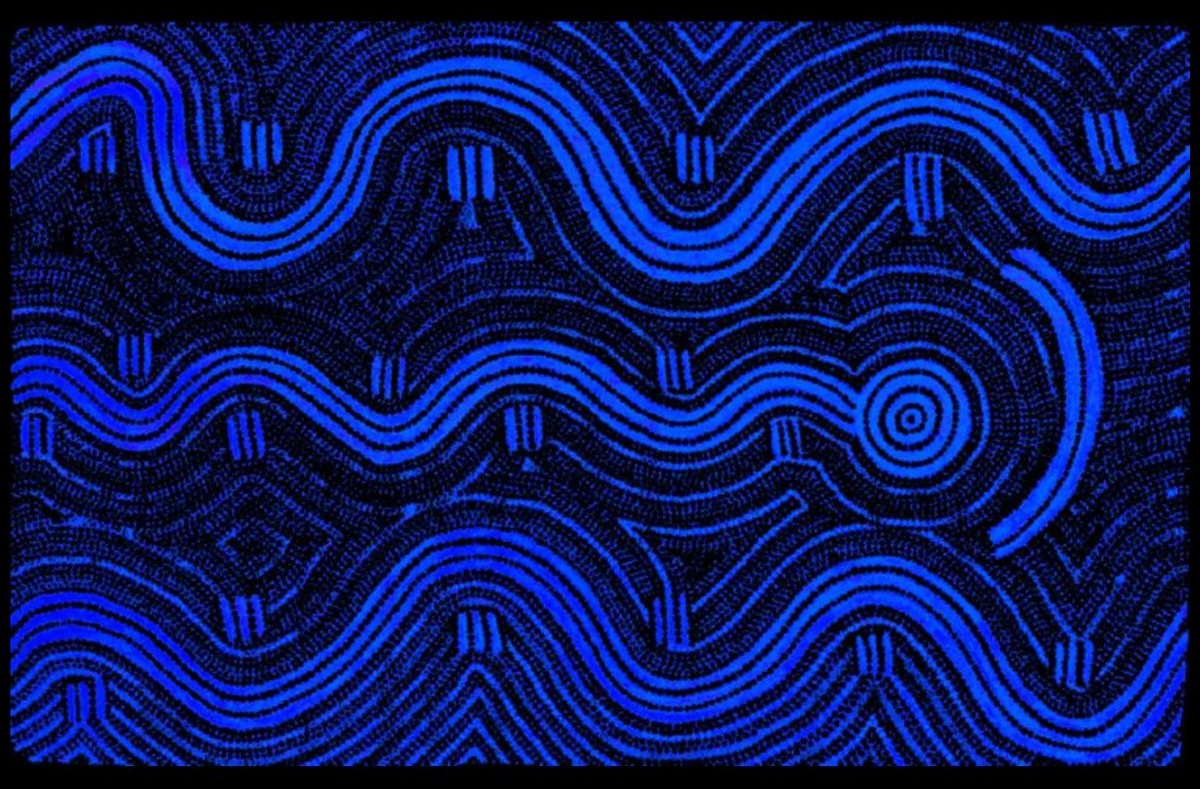
Long Jack’s Story– 1990
Acrylic on canvas,
89 x 140 cm
Hammerprice: A$5,000
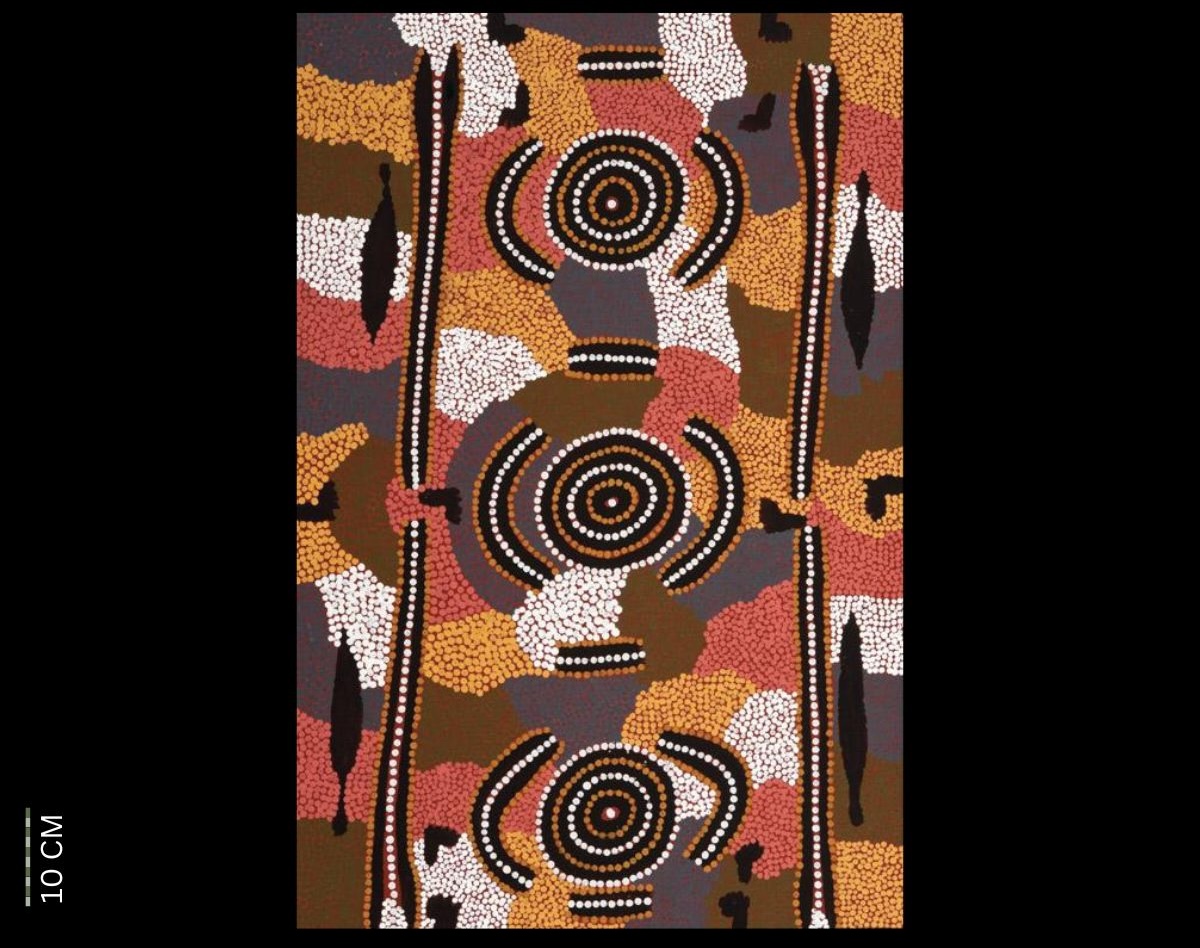
Two Men Dreaming at Wilkinkarra, 1991
Synthetic polymer paint on Belgium linen,
91 x 60 cm
Hammerprice: A$2,200
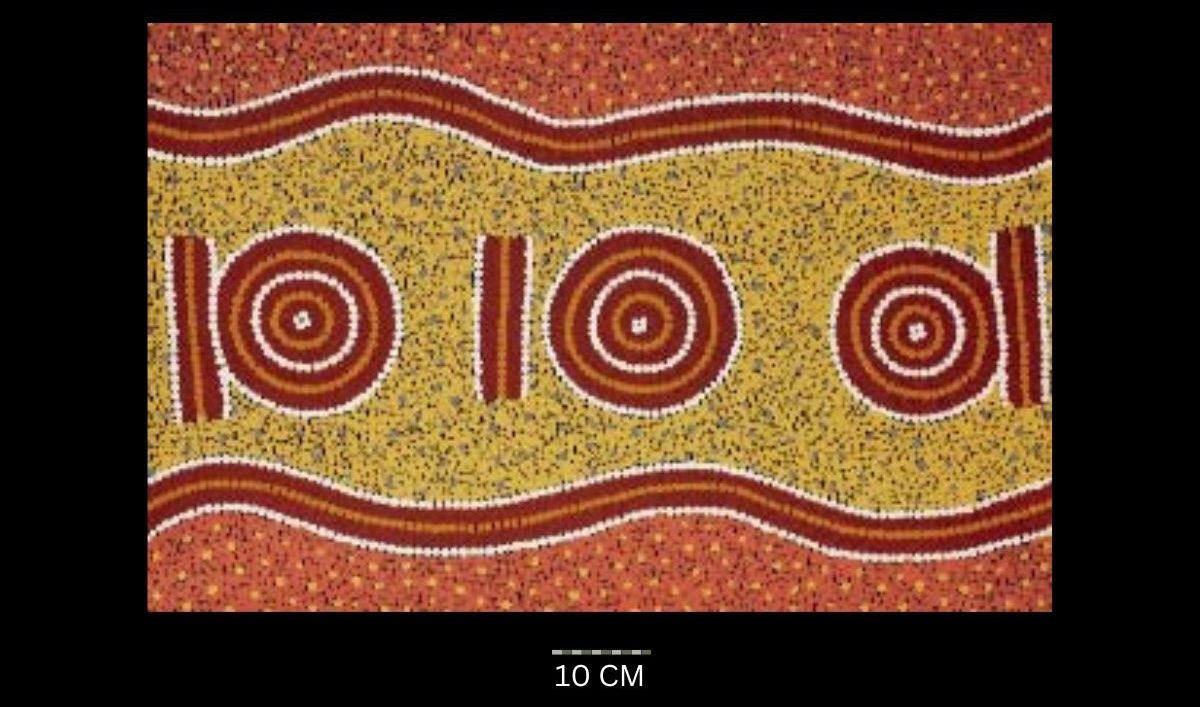
Untitled
Undated but likely early 1990’s
Acrylic on canvas,
60 x 90 cm
Hammerprice: A$2,000
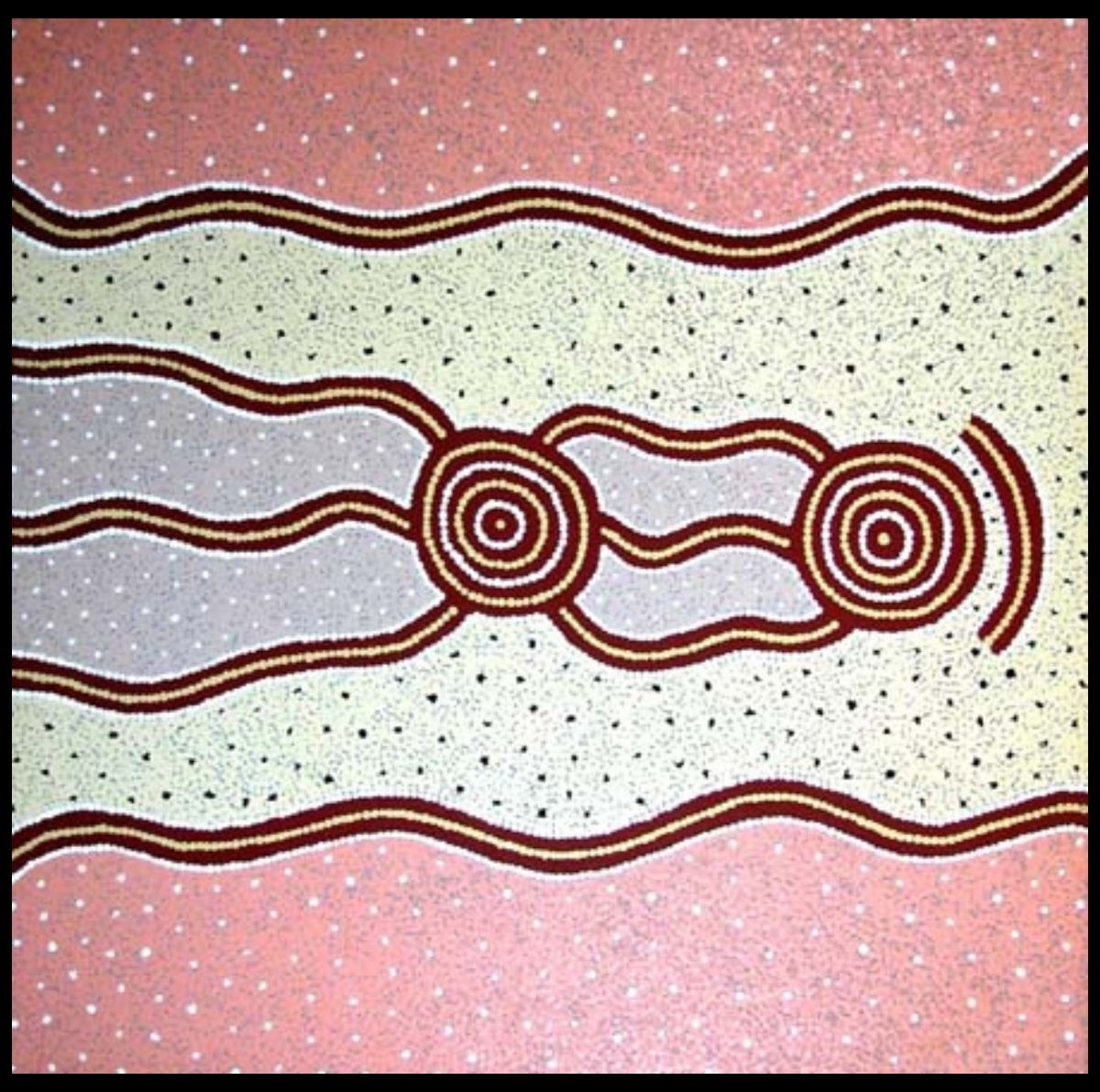
Water Dreaming at Kalipinpa
Likely early 1990
Acrylic on canvas, certificate of authenticity,
120 x 120 cm
Hammerprice: A$6,600
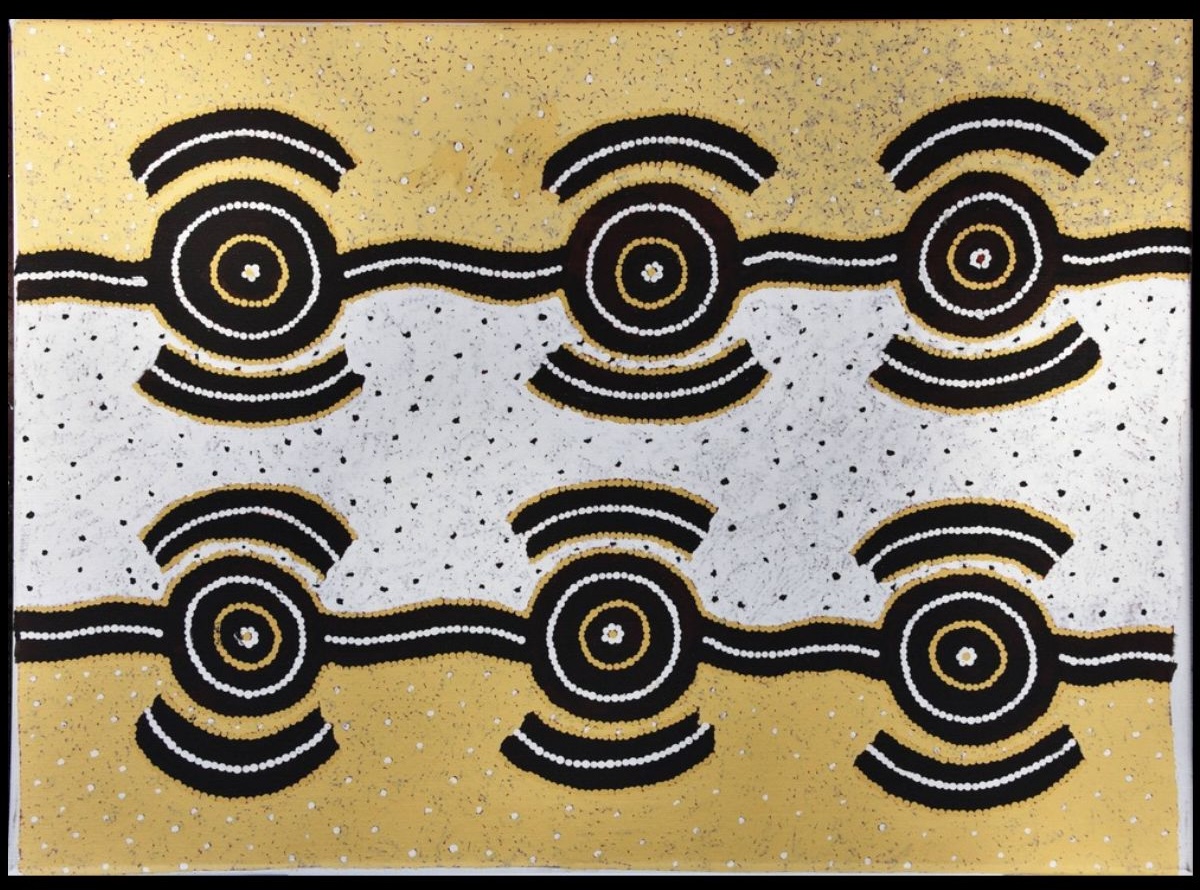
Honey Ant Dreaming 1993
Acrylic on canvas, signed and titled verso,
66 x 125 cm
Hammerprice: A$1,700
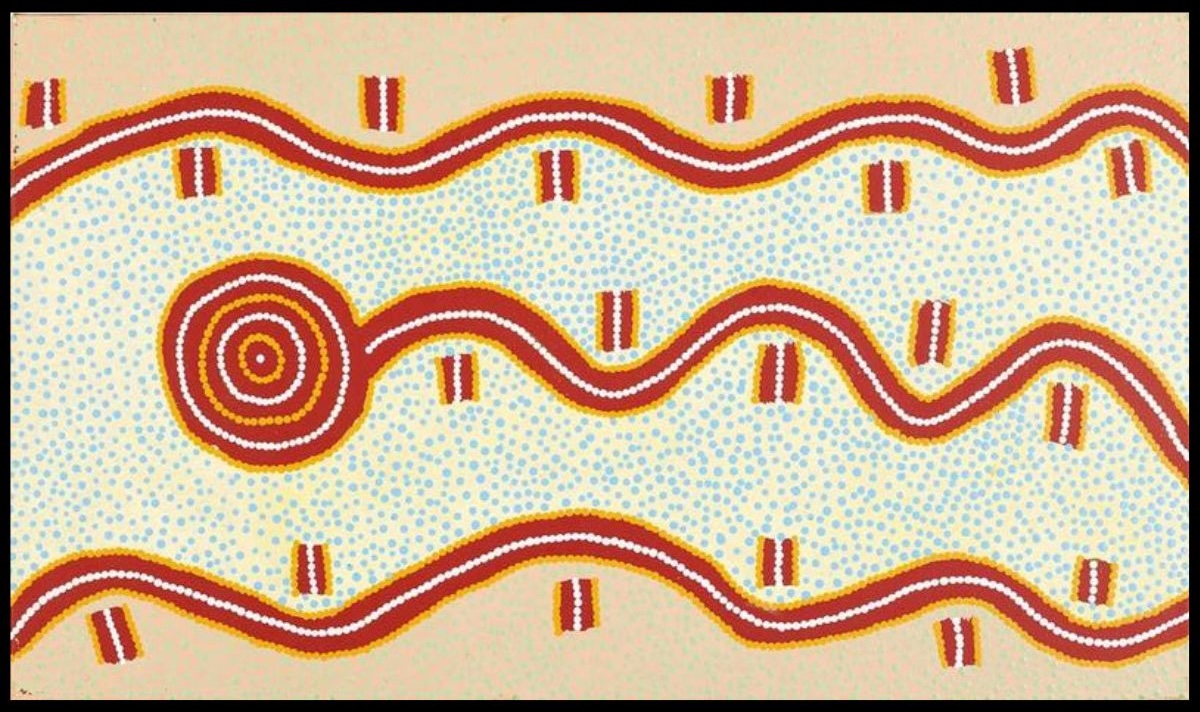
Possum Dreaming
Likely early 1990’s
Synthetic polymer paint on linen, australian Dreamtime Art stamp verso bearing stock no.122-406 and artwork details, accompanied by a certificate of authenticity from Australian Dreamtime Art,
120 x 69 cm
Hammerprice: A$1,000
All images in this article are for educational purposes only.
This site may contain copyrighted material the use of which was not specified by the copyright owner.
All images are the copyright of the Artists estate and the consignee of the artworks sold.
Long Jack Phillipus Tjakamarra references
Papunya: A place made after the Story
Other Articles that show values achieved by other Papunya artists
Timmy Payungka Tjapangati Artworks
John Kipara Tjakamarra artworks
Aboriginal Artwork Values
Selling at Auction
Selling artwork at auction can sometimes yield favorable results, particularly when multiple interested bidders compete, potentially driving up the final sale price. This environment can occasionally lead to inexperienced buyers bidding more than they originally intended, which can benefit the seller in competitive situations.
In the niche market of Aboriginal art however this is the exception with mosy potential bidders being knowledgable and well researched
Downside to Selling at Auction
Auctions come with inherent limitations. One significant drawback is that they do not achieve the full market potential of an artwork. For instance, if the most motivated buyer values a piece at $10,000 but is aware of a 30% buyer’s premium, they may only be willing to place a maximum bid of $7,000. Meanwhile, the second most motivated buyer who values the work at $6,000 may only bid up to $4,200. As a result, bidding would likely stop at $4,200, and the winning bid might be only one bid higher, say $4,300. After deducting seller’s fees (10%-29%), the final amount received by the seller will be less than $3,900—far below the artwork’s perceived value.
Another risk associated with auctions is limited reach. Potential buyers who may have been willing to pay significantly more might simply not be aware of the auction, not have the money at the time or unable to participate at the scheduled time. This can result in missed opportunities and lower-than-expected sale outcomes.
This dynamic explains why many art dealers are able to purchase artworks at auction and resell them privately at a profit. Their ability to match artworks with motivated collectors, often through targeted private outreach, allows them to capitalize on the limitations of the auction model.
Private Treaty Sales
An alternative to auction is selling through private treaty. This method involves engaging a dealer to offer the artwork directly to known collectors who collect or have a strong interest in a particular artist or genre. The sale is conducted at price agreed buy the dealer and seller, allowing for a more targeted and lucrative transaction.
One key advantage of private treaty sales is flexibility. If the dealer is unable to secure a buyer through private channels, the artwork can still be offered at auction later. This approach often ensures better control over the sales process and often result in a more favorable outcome for the seller, especially when maximizing value is the priority.
I specialise in private treaty sales and if you have a Shorty Lungkata Tjungurrayi artwork and you would like to know what I think it could be sold for, please send me an image dimensions and provenance.
